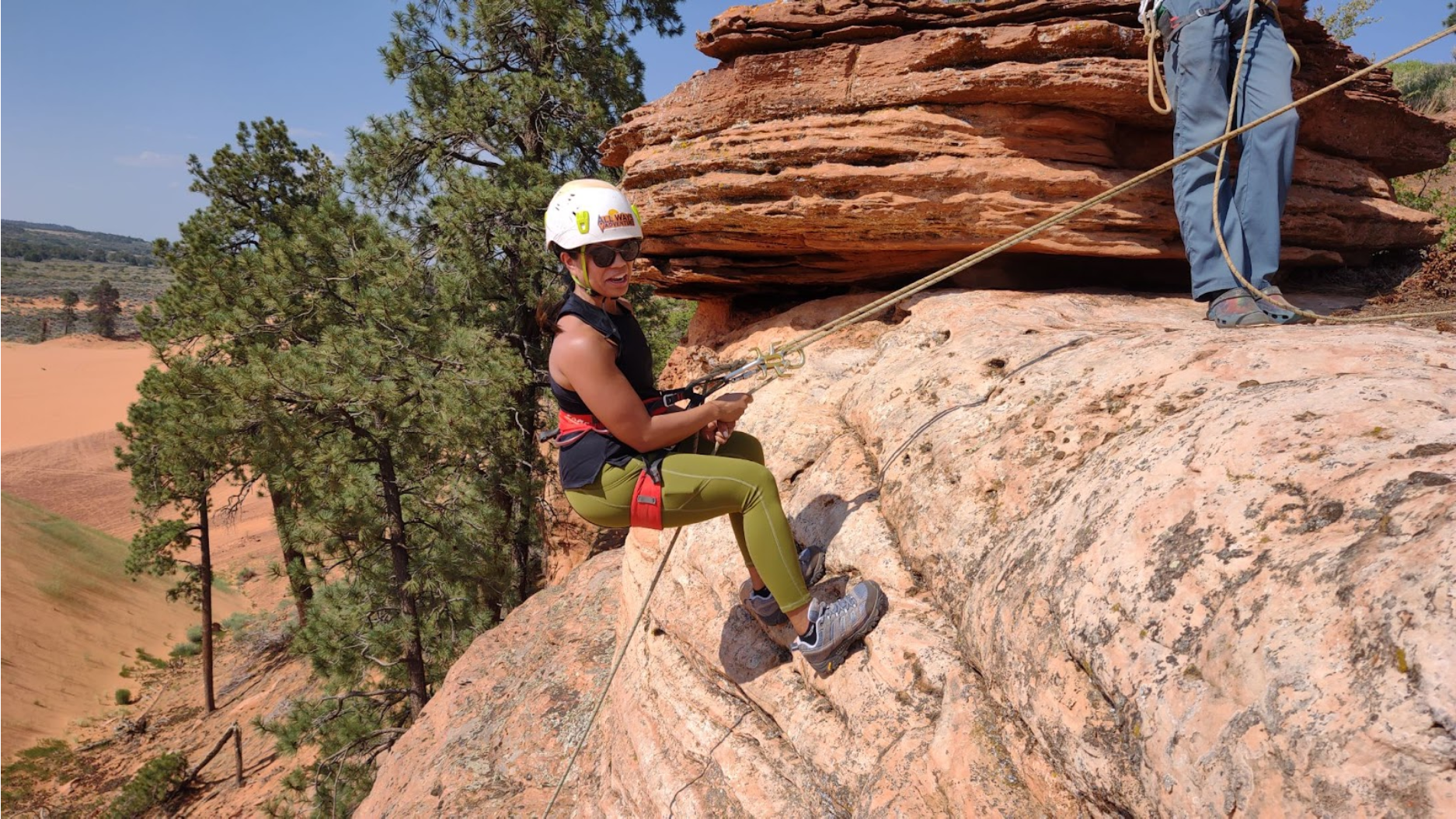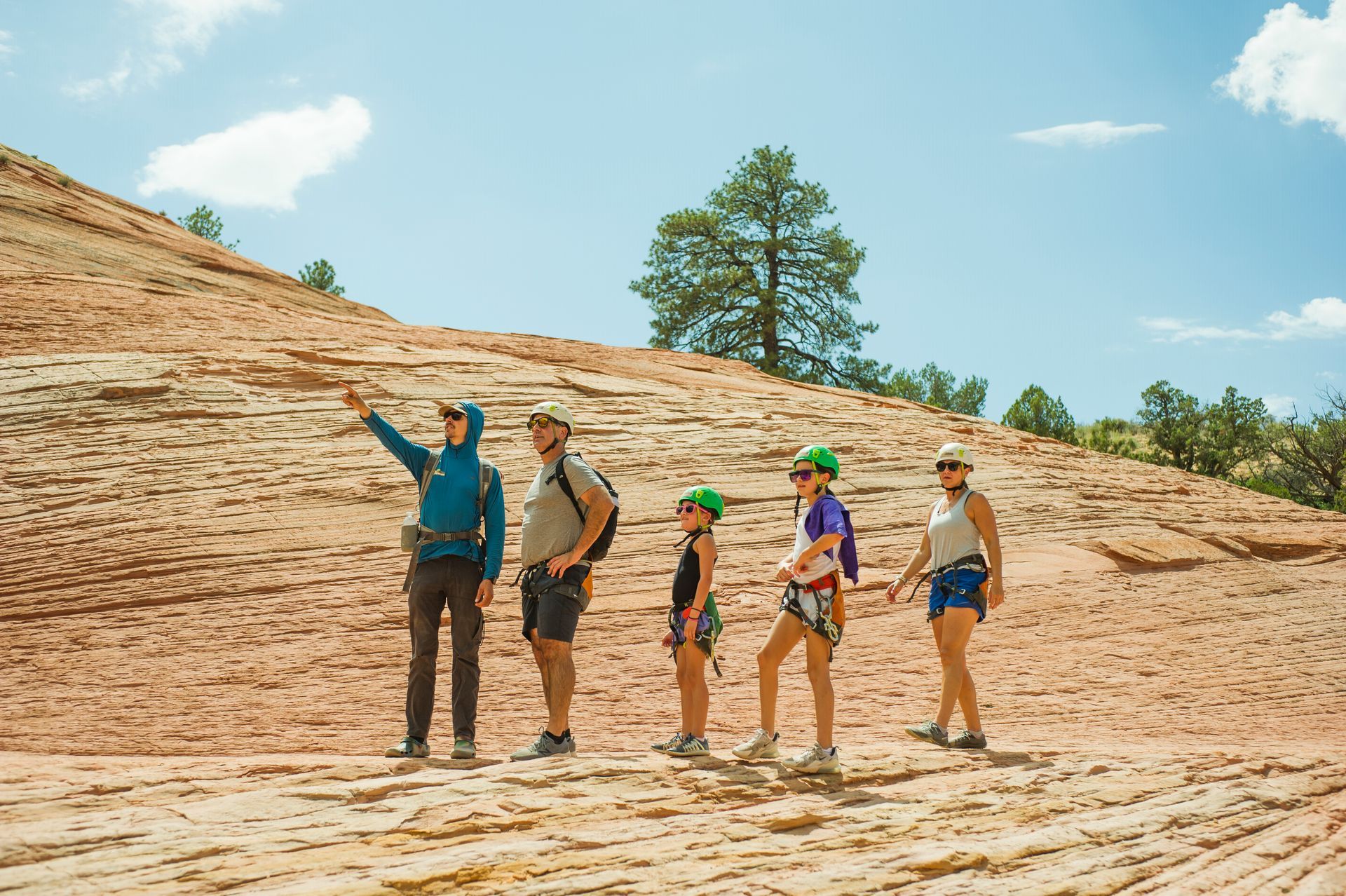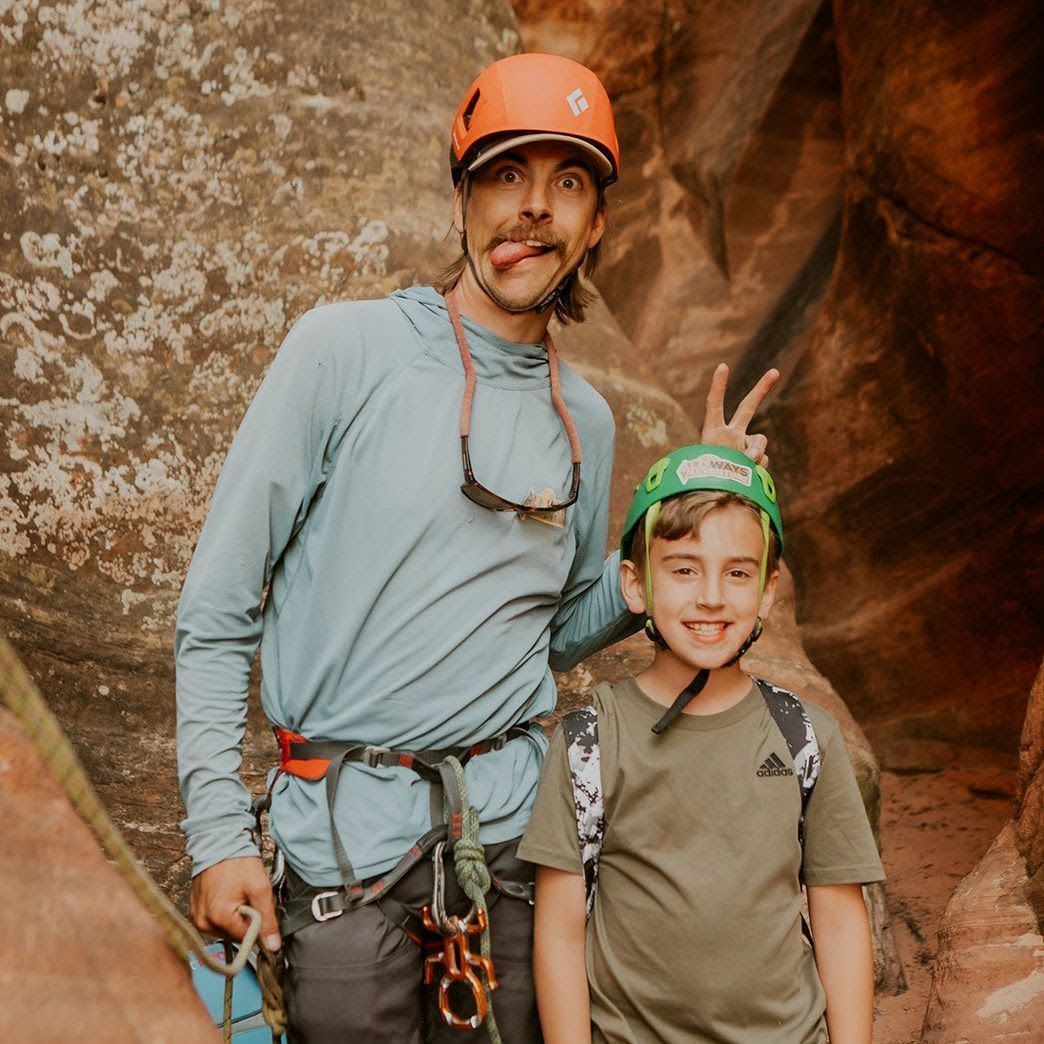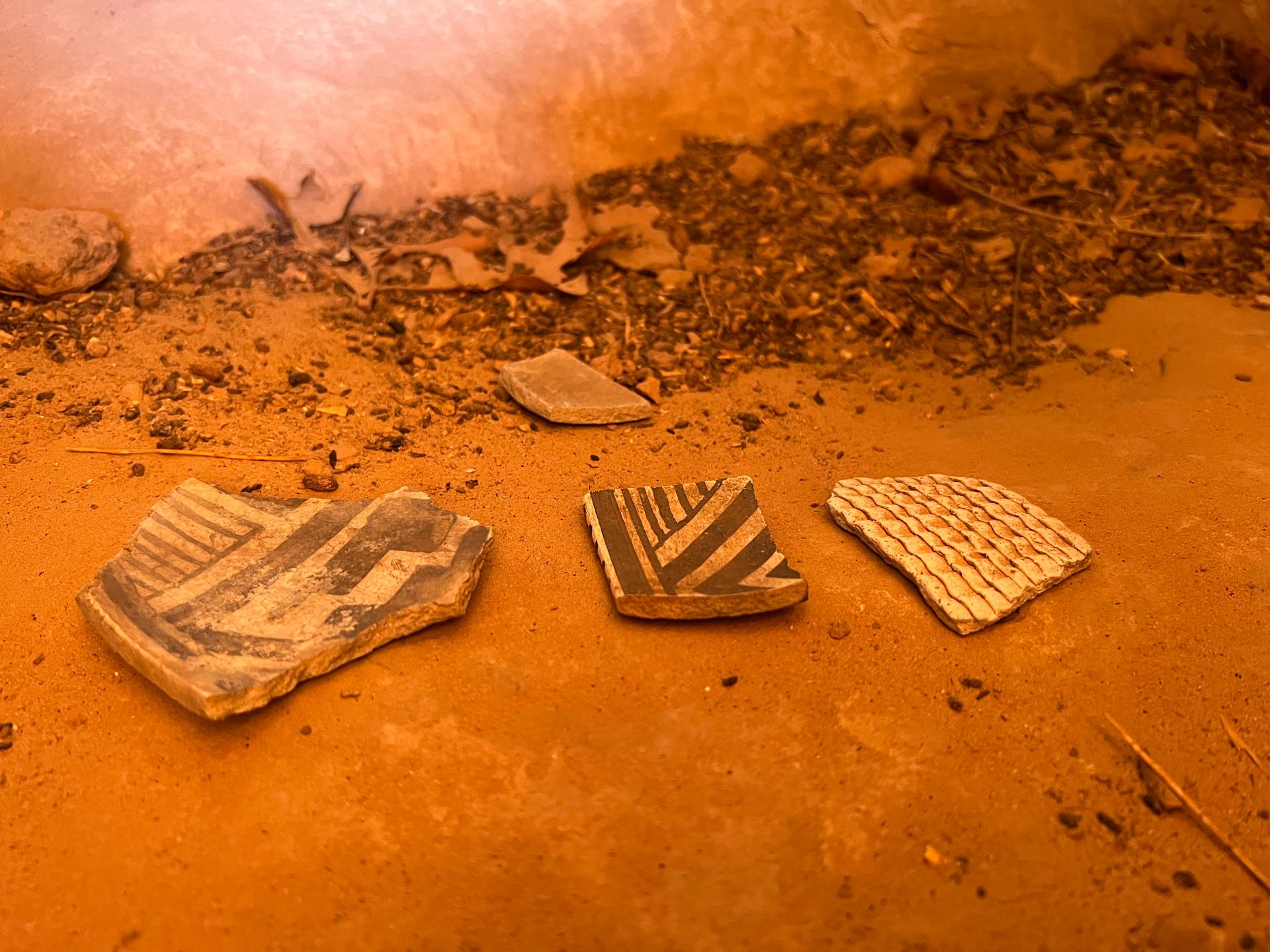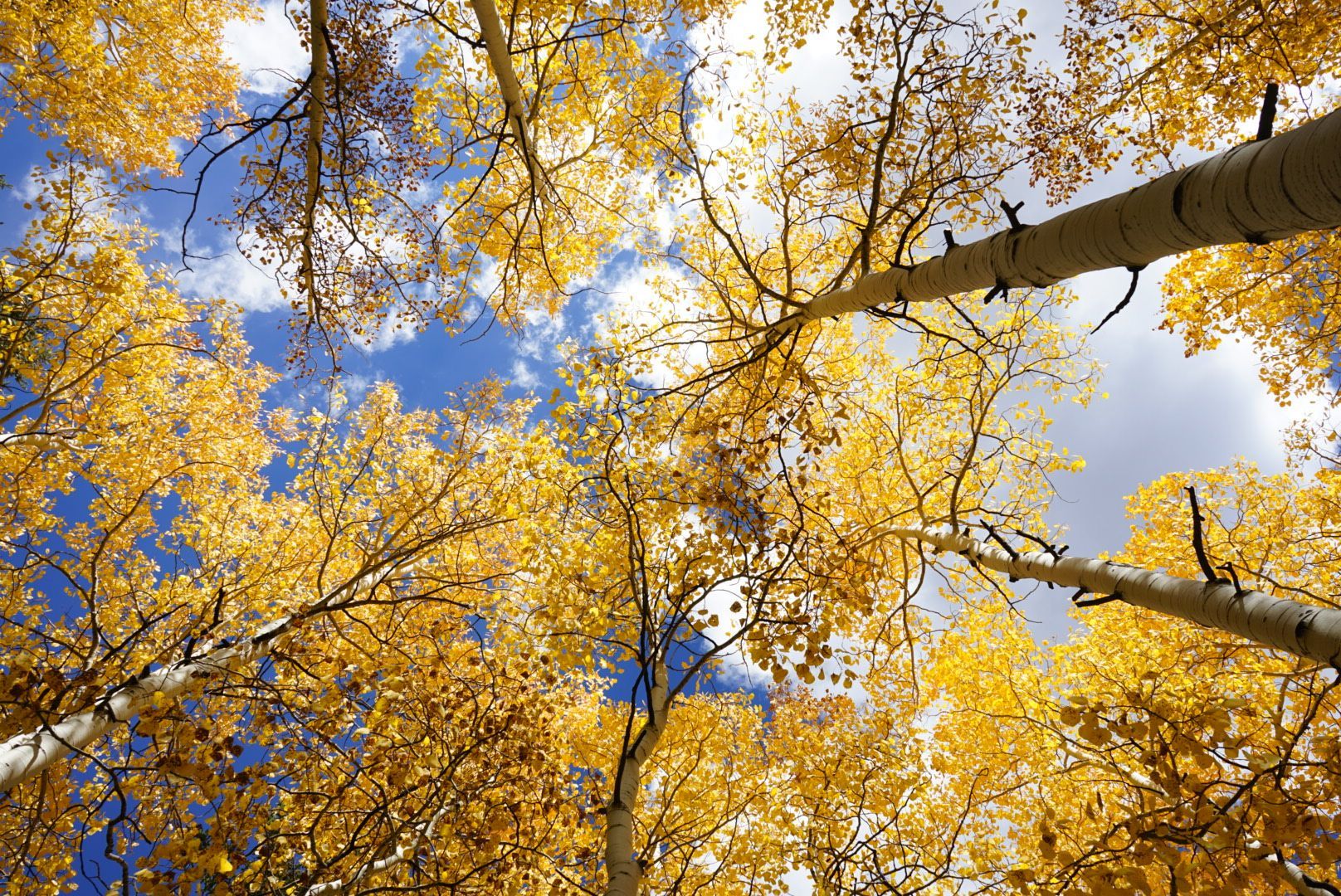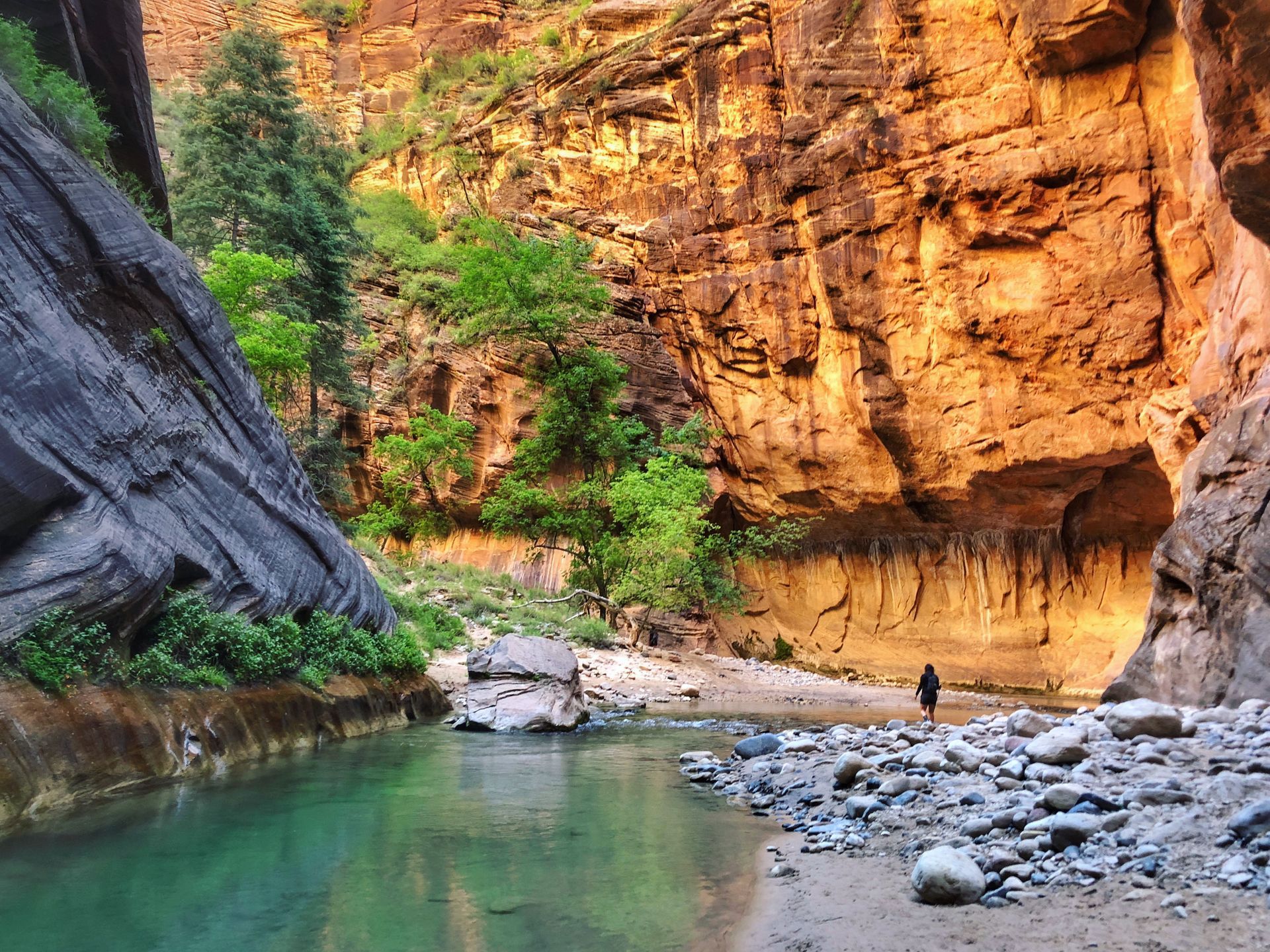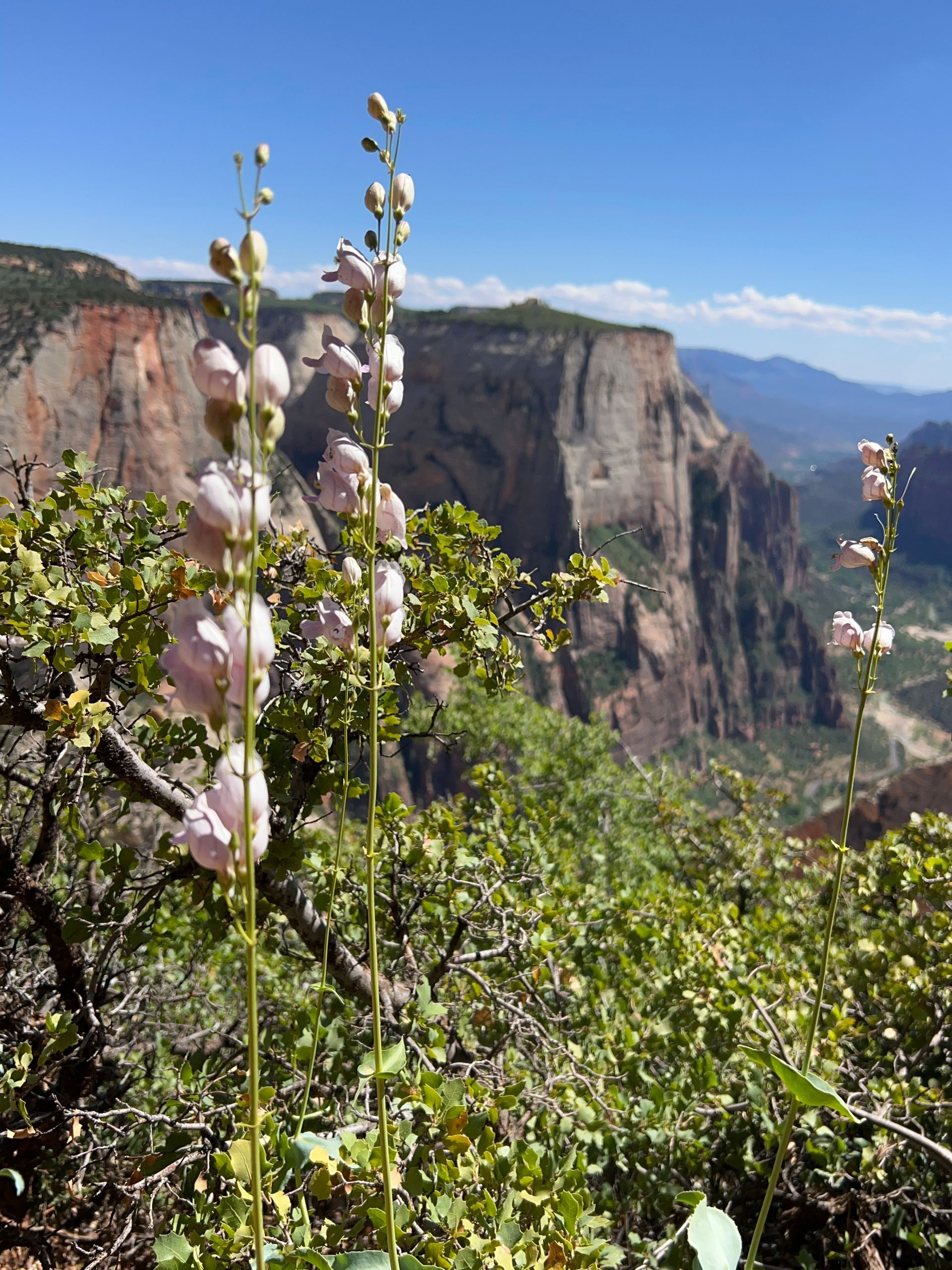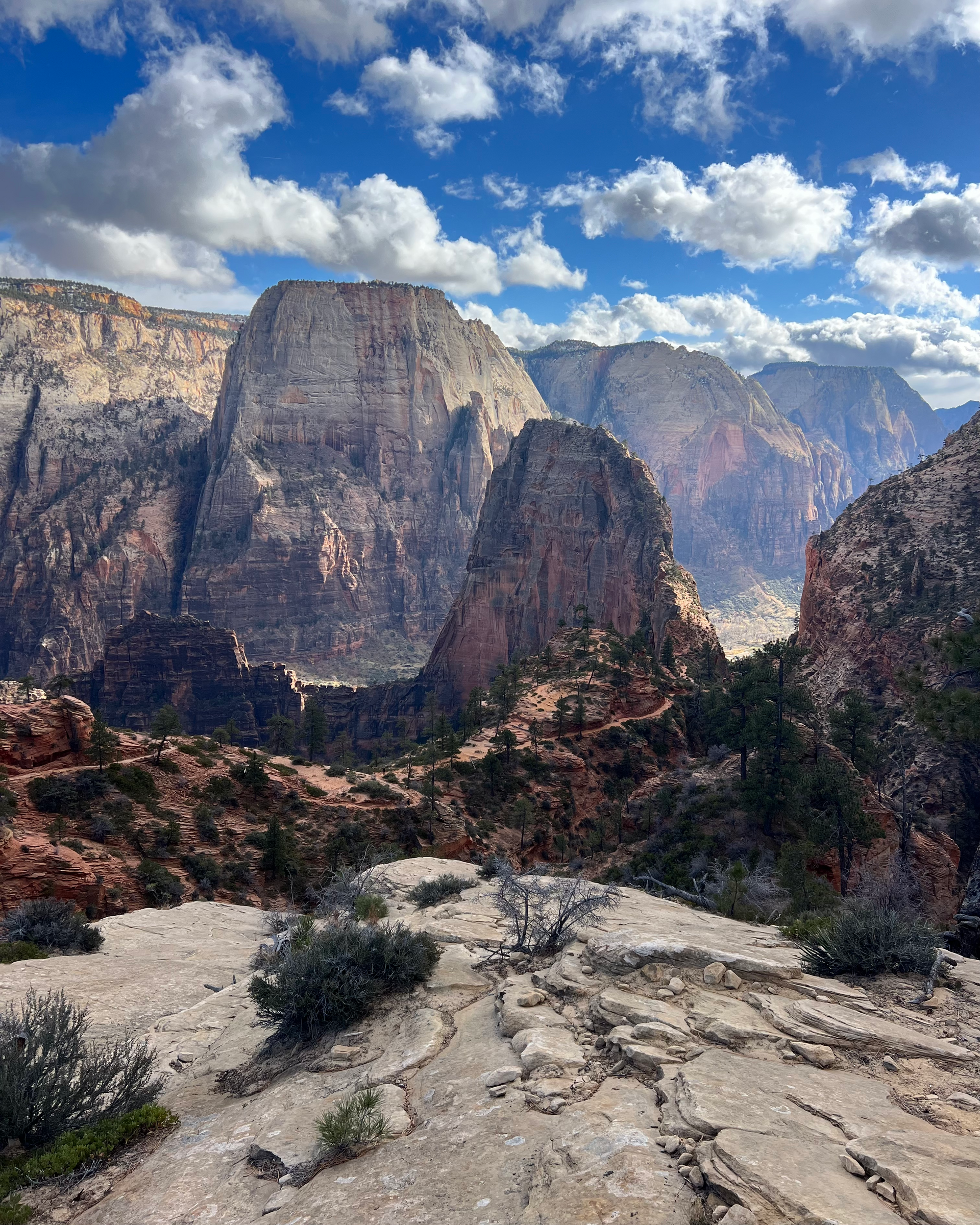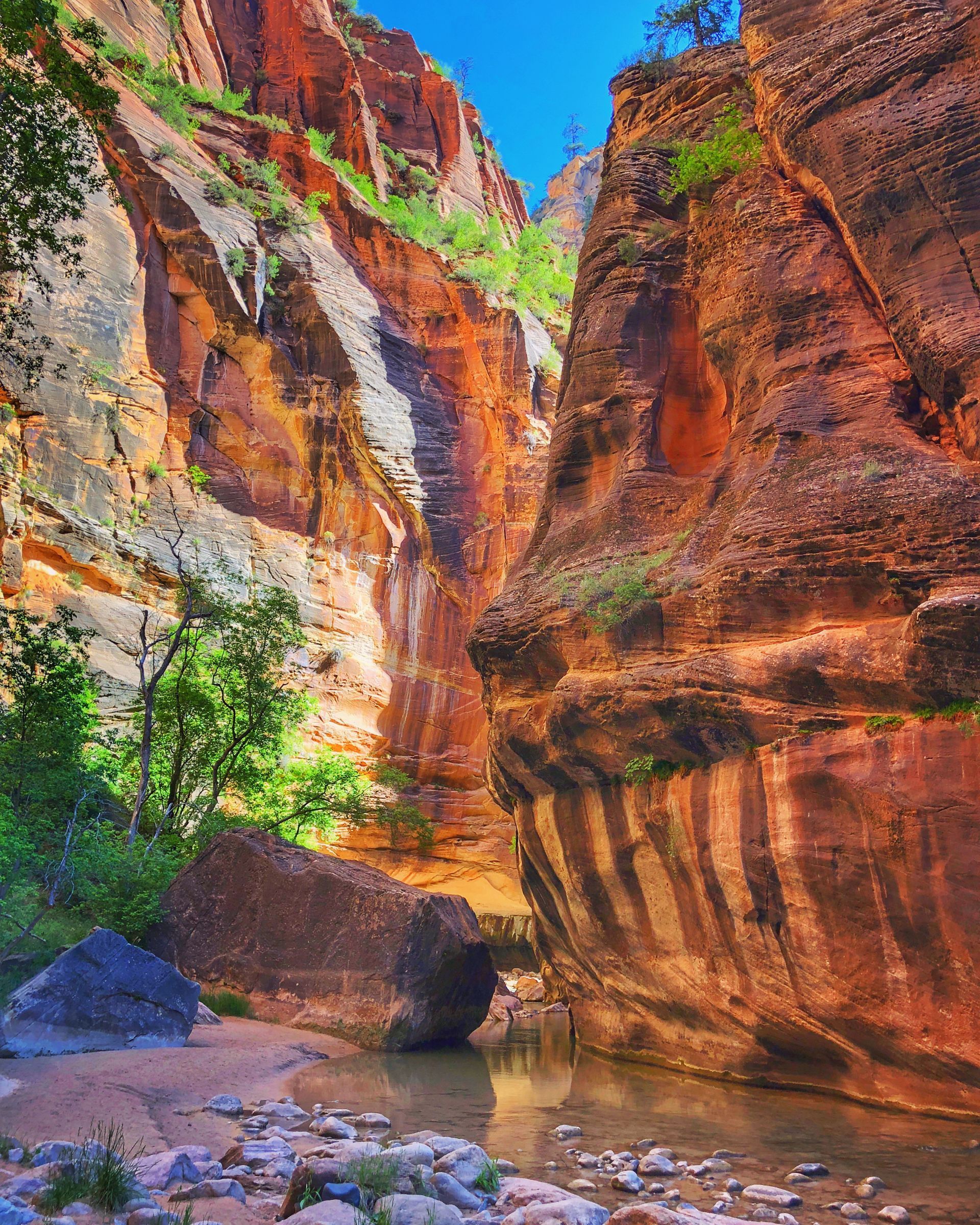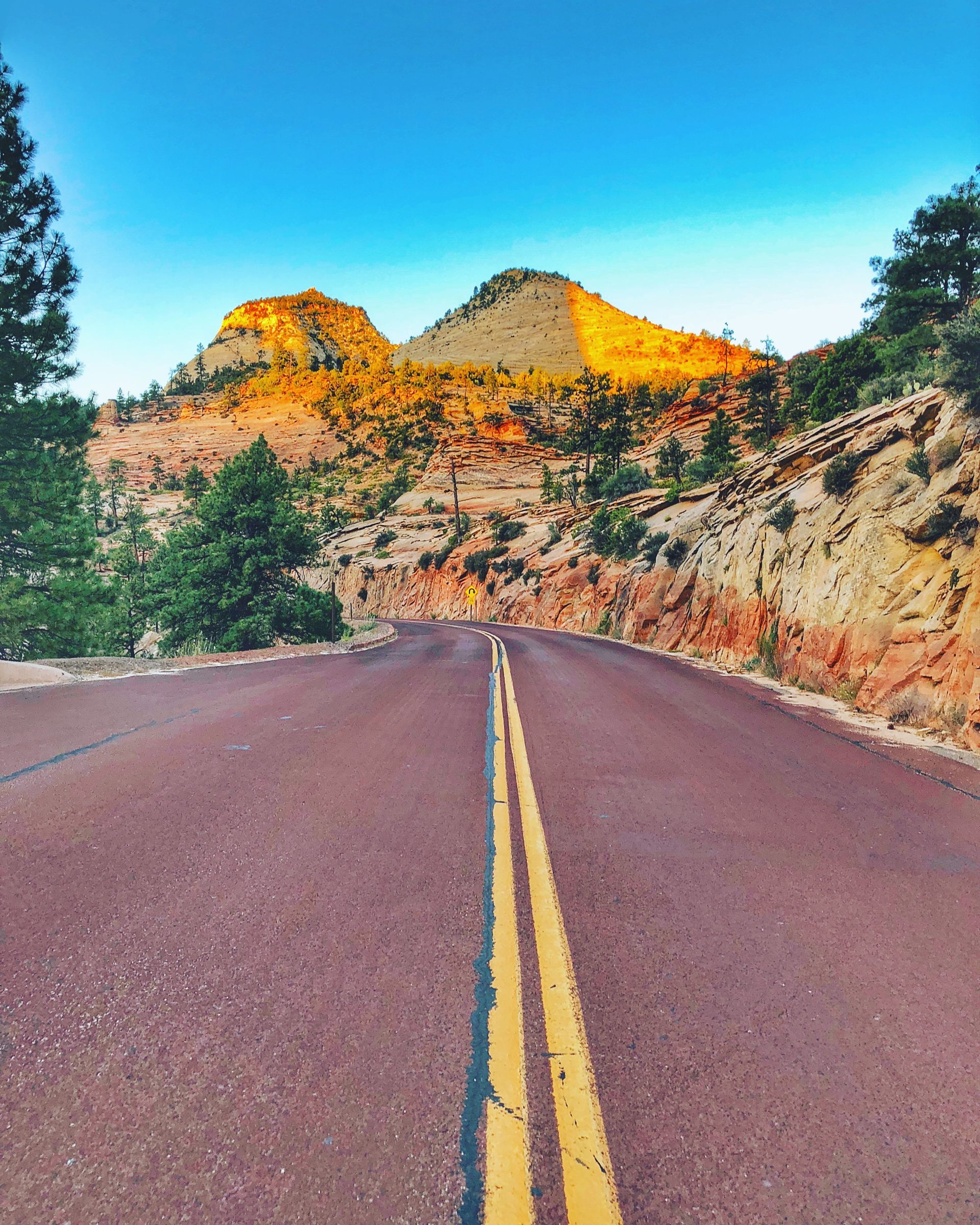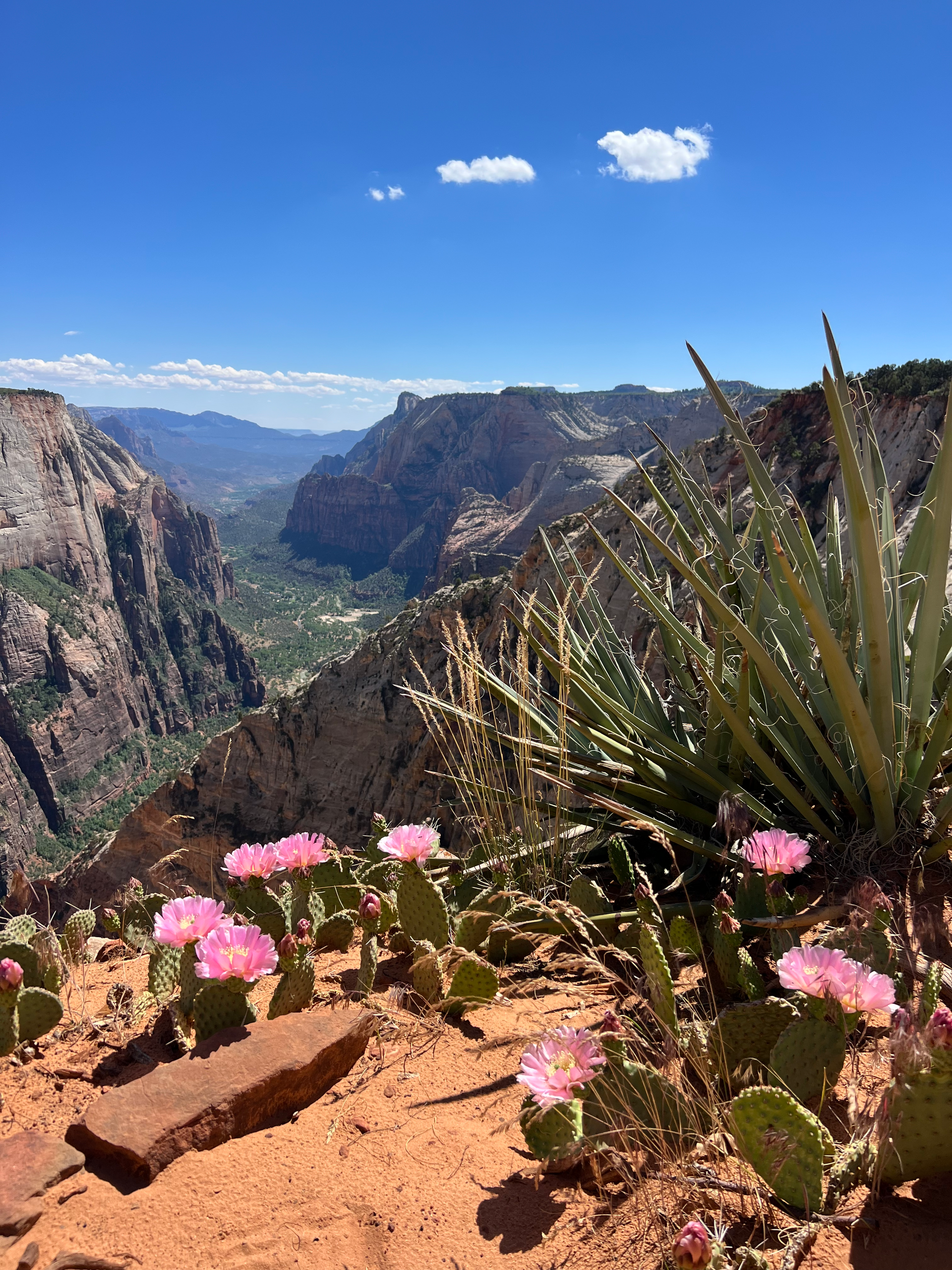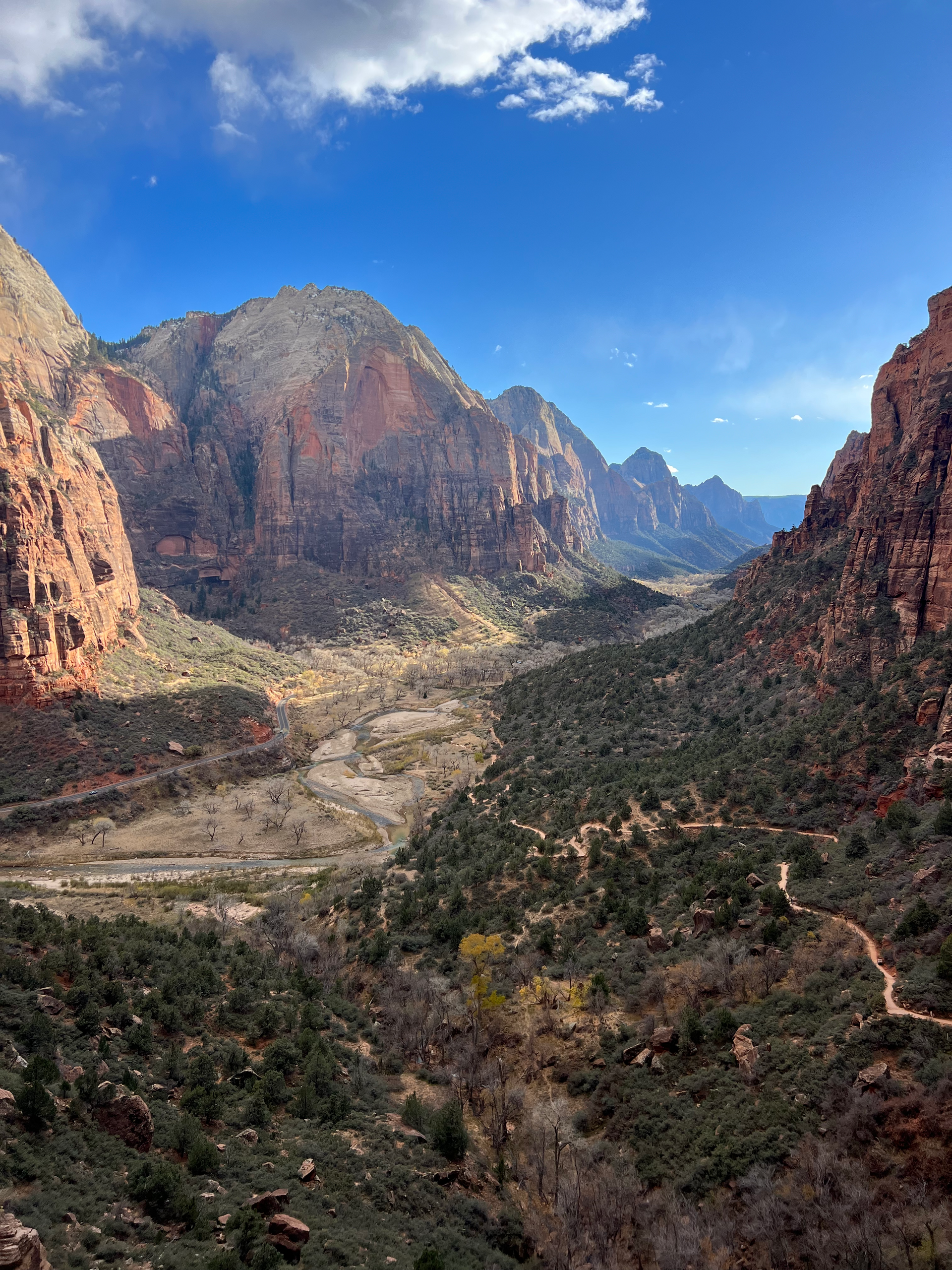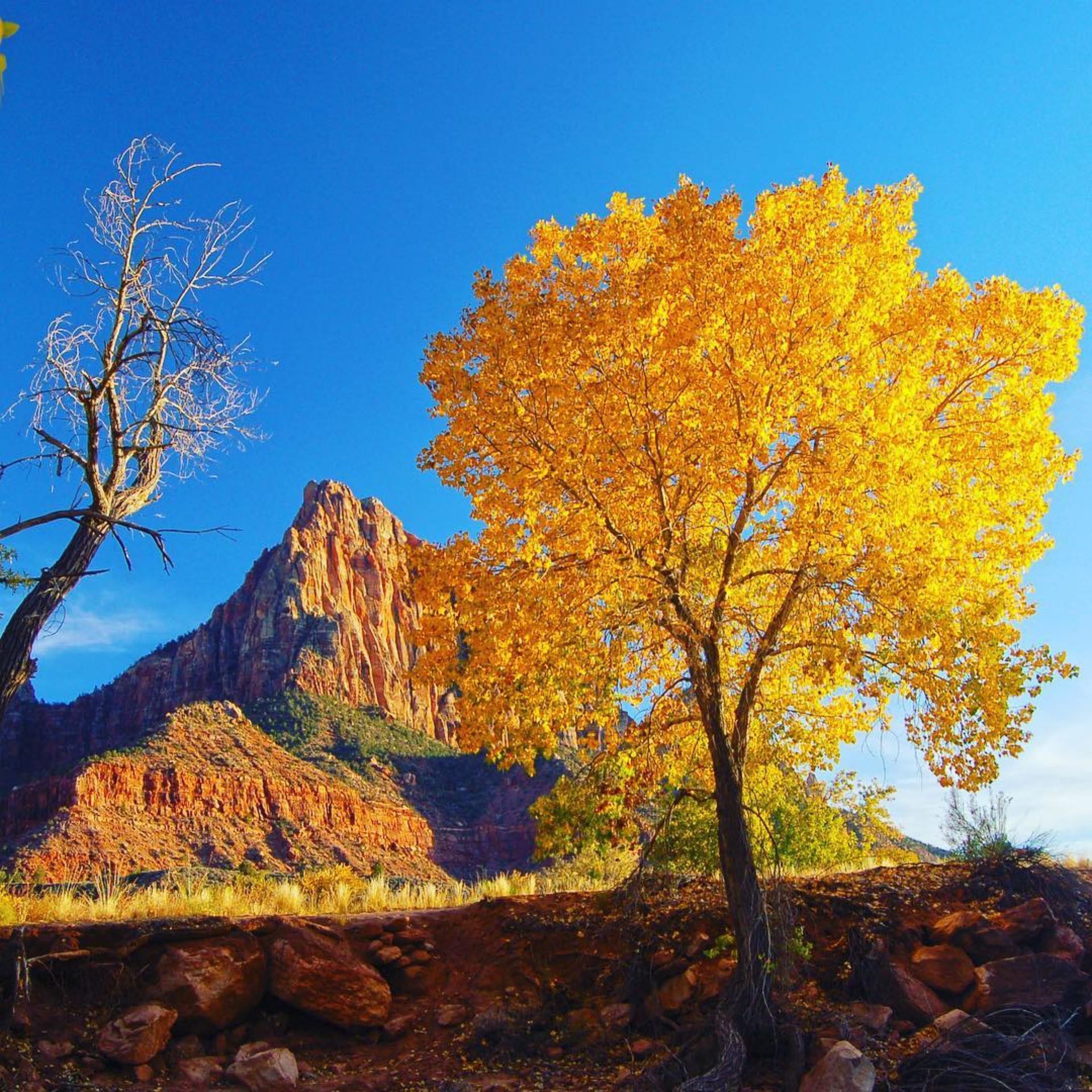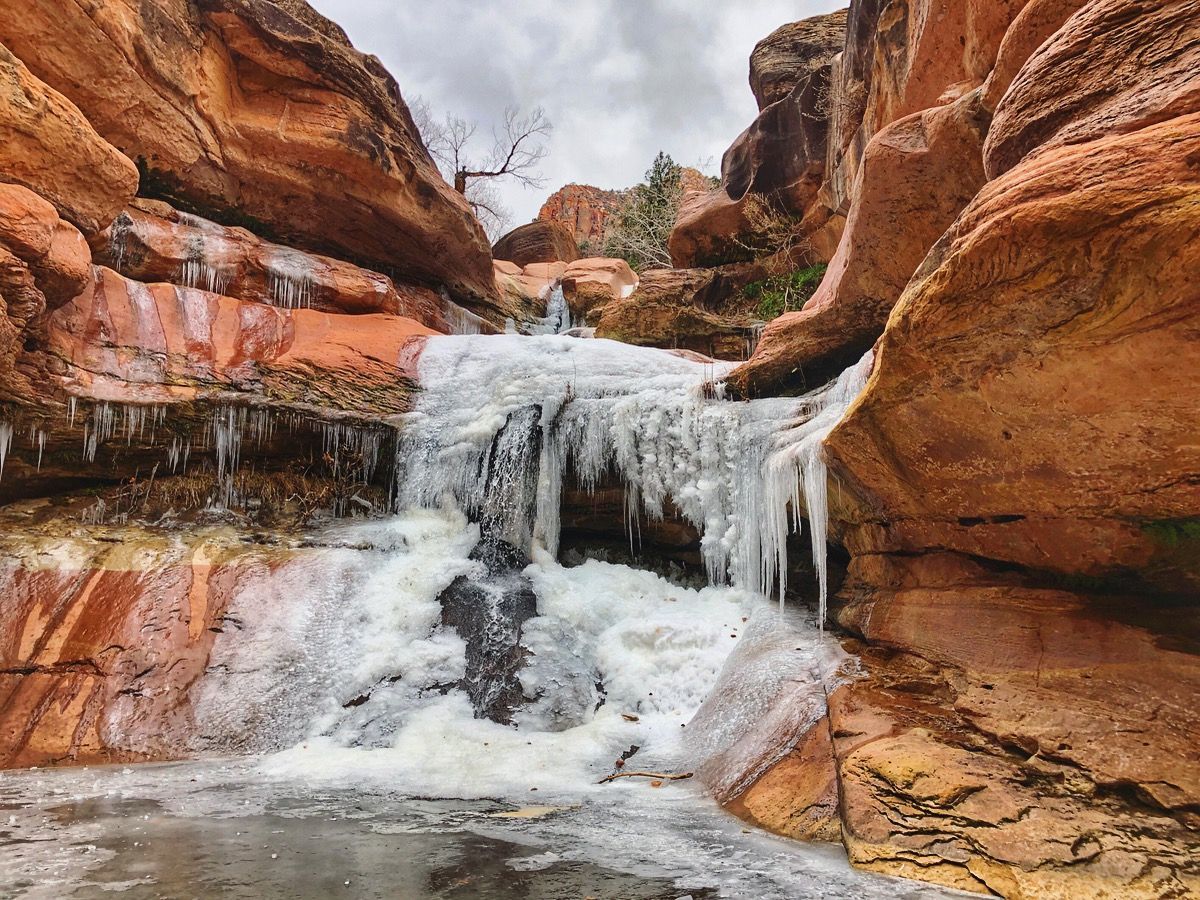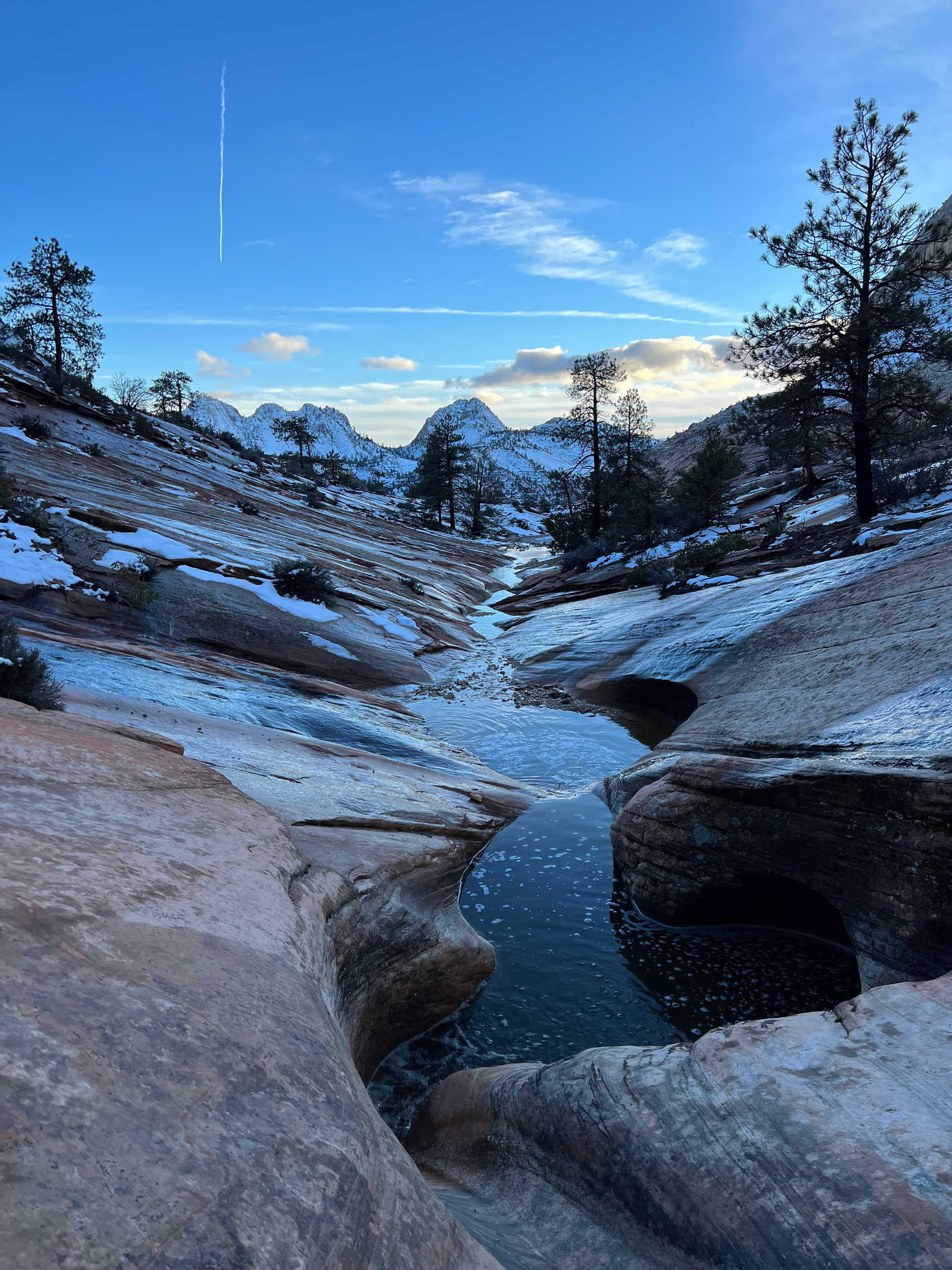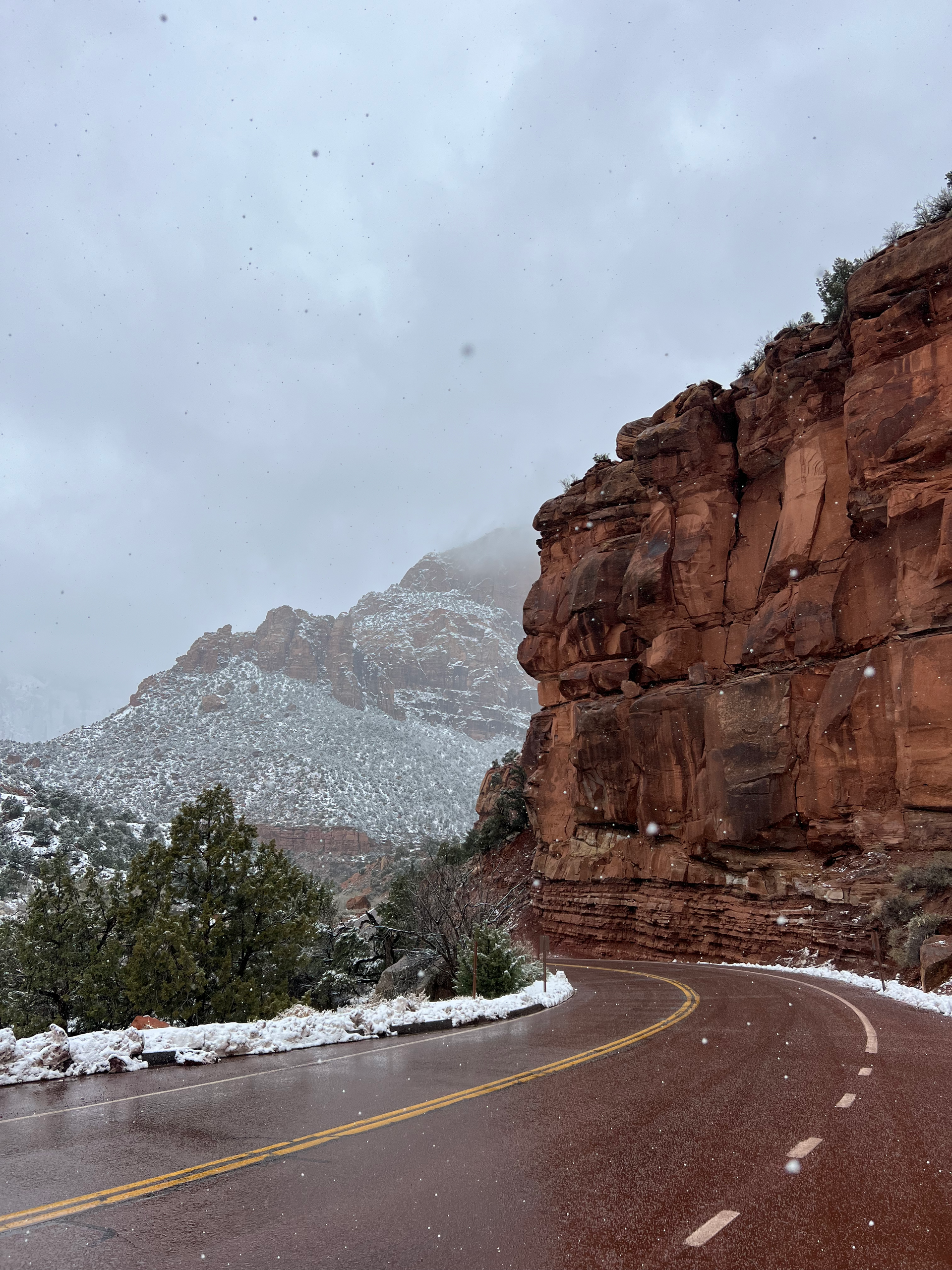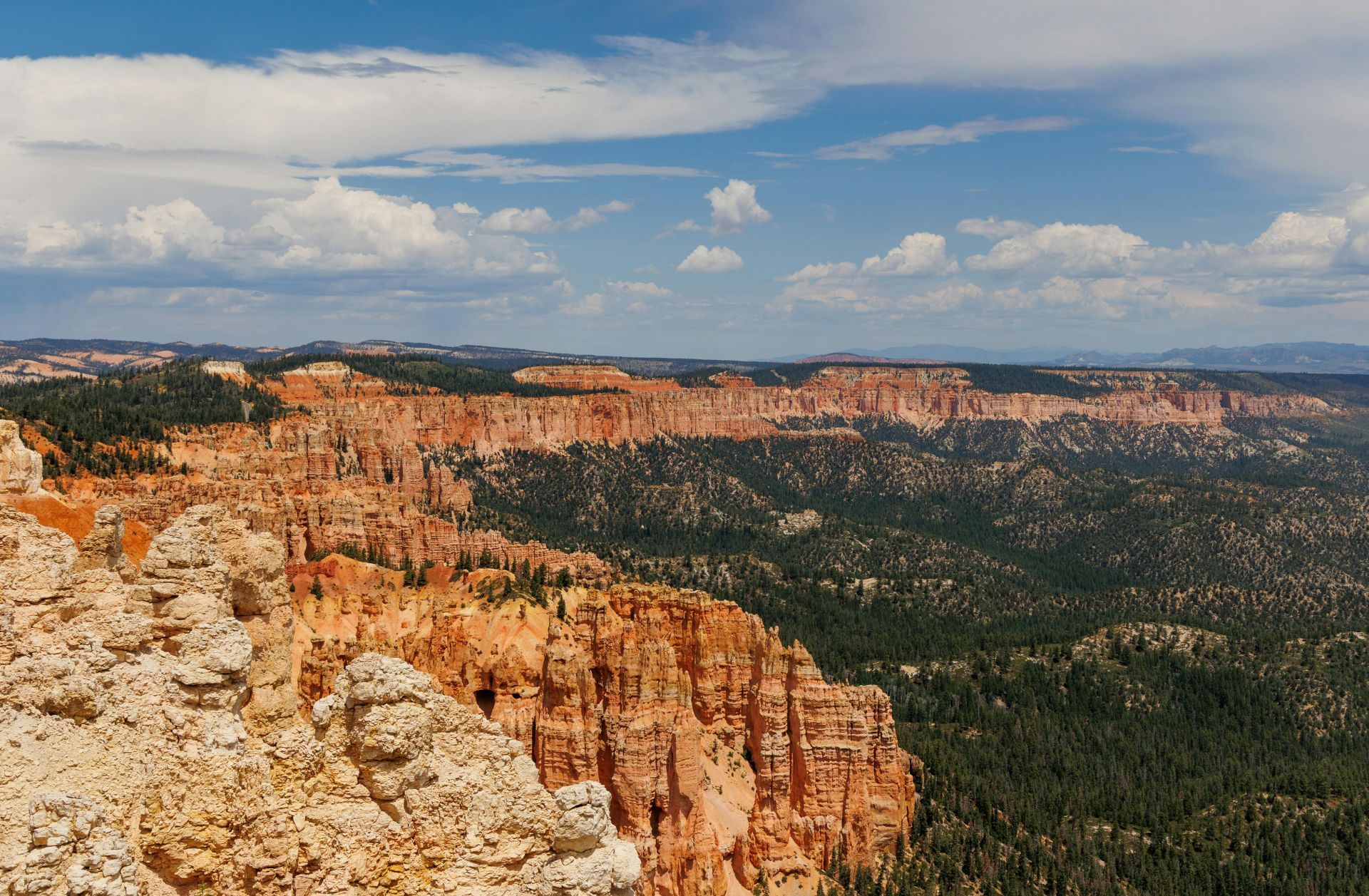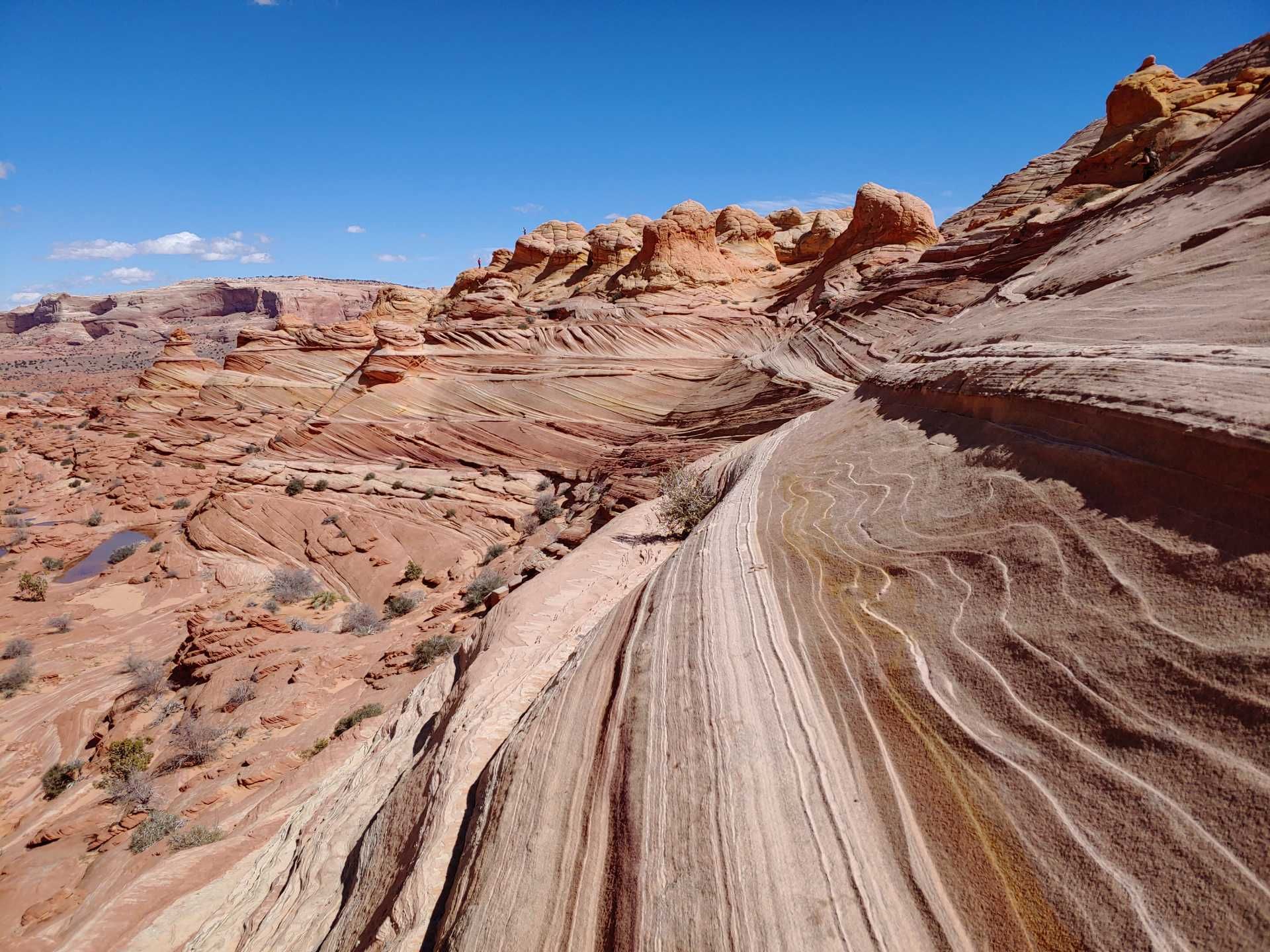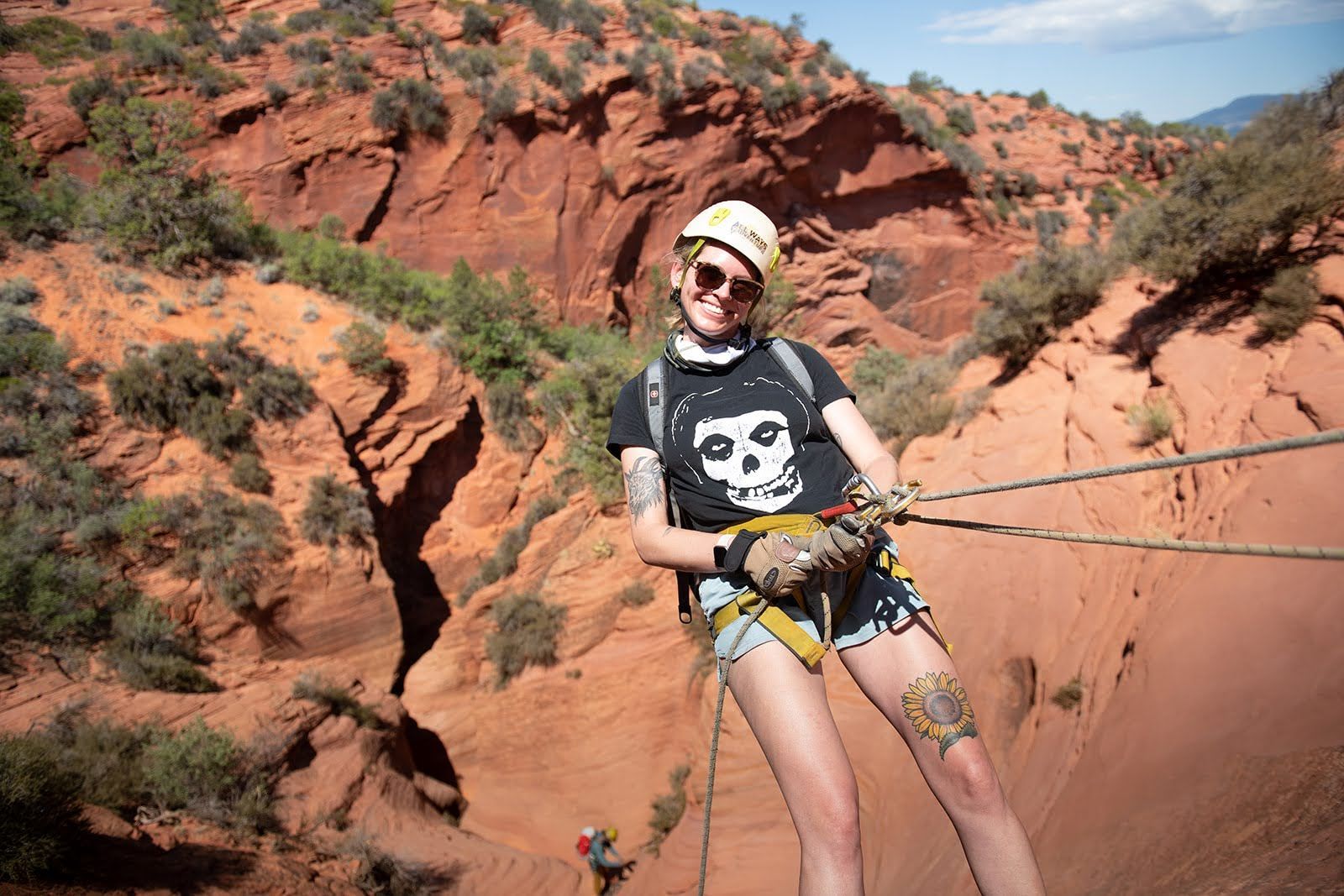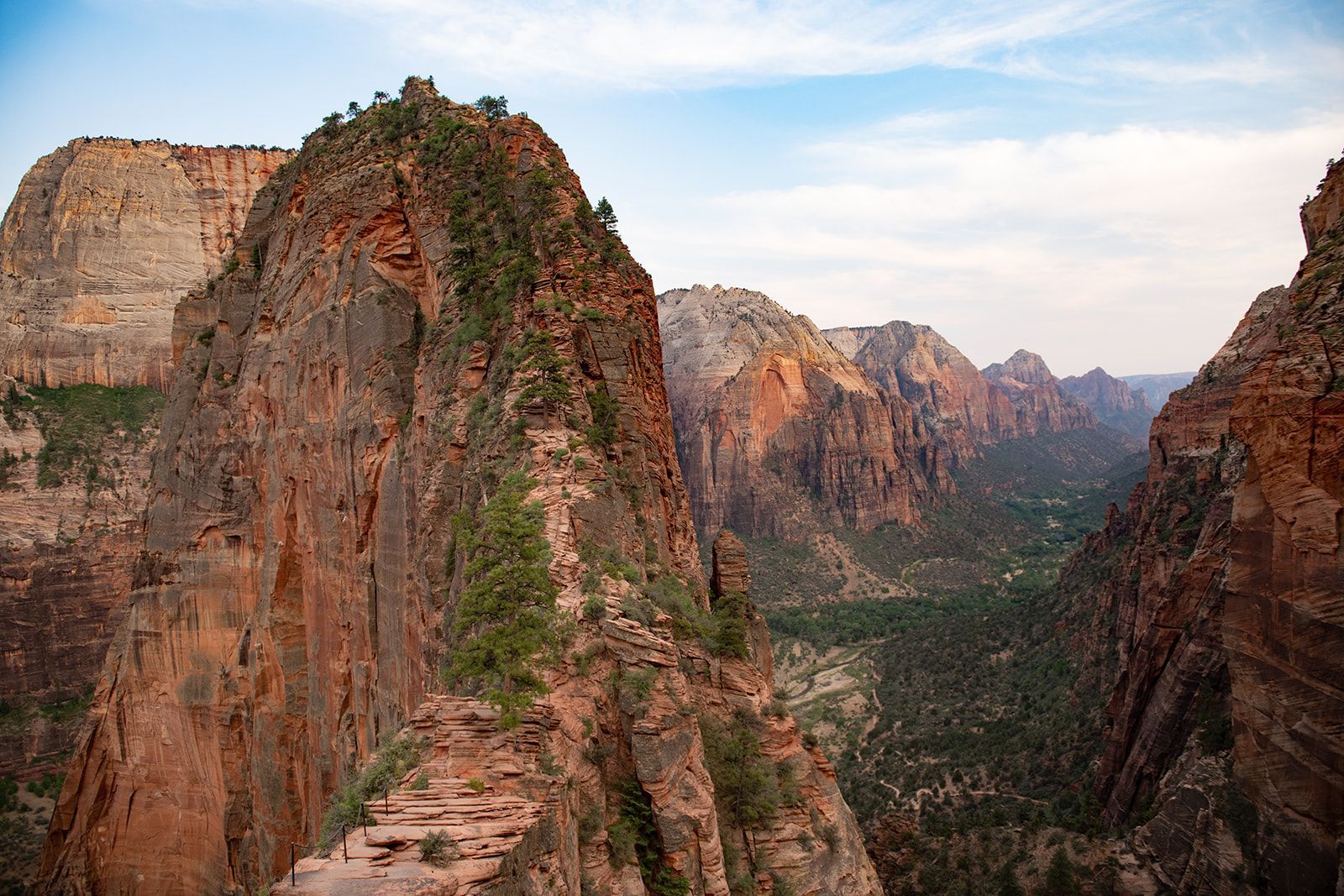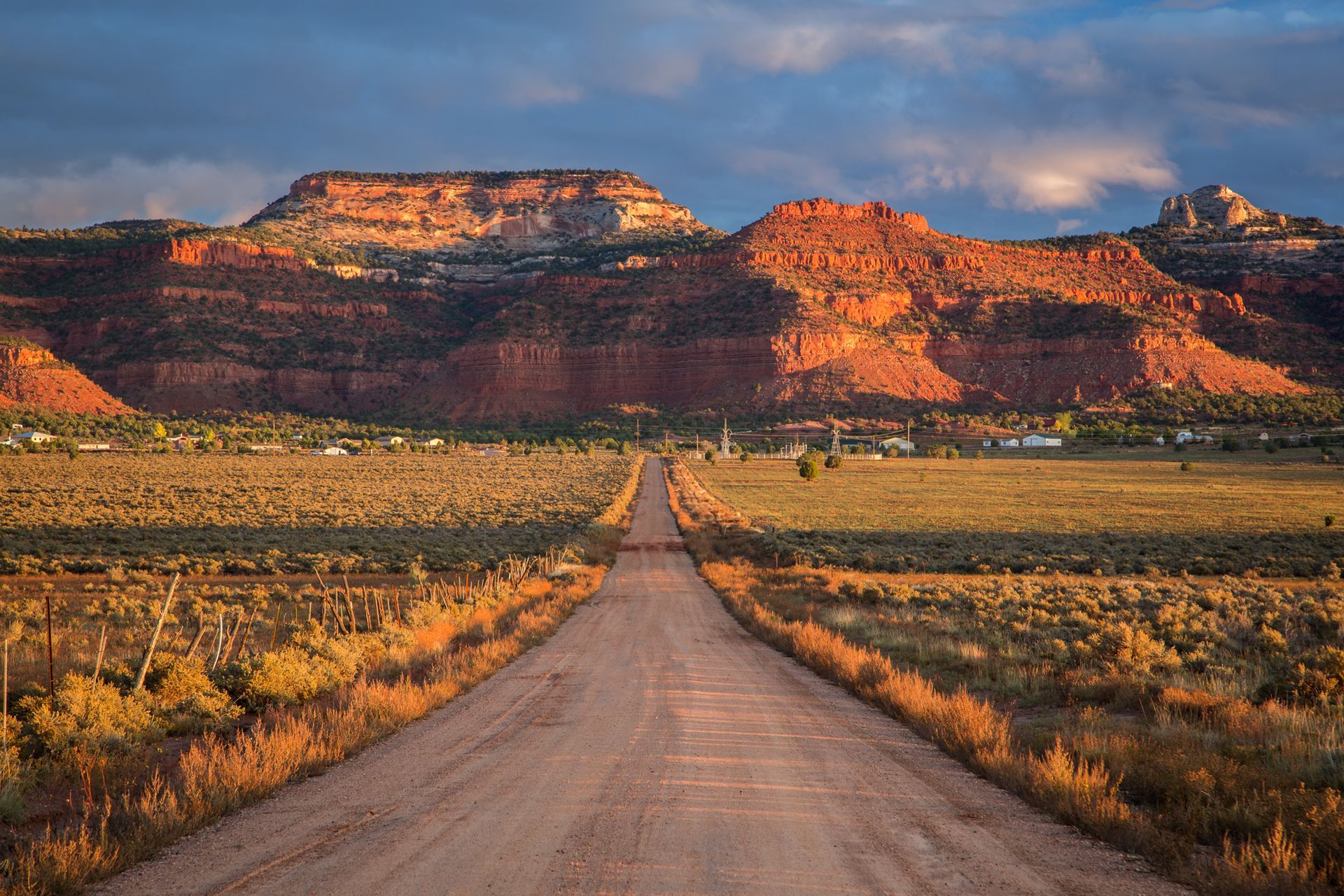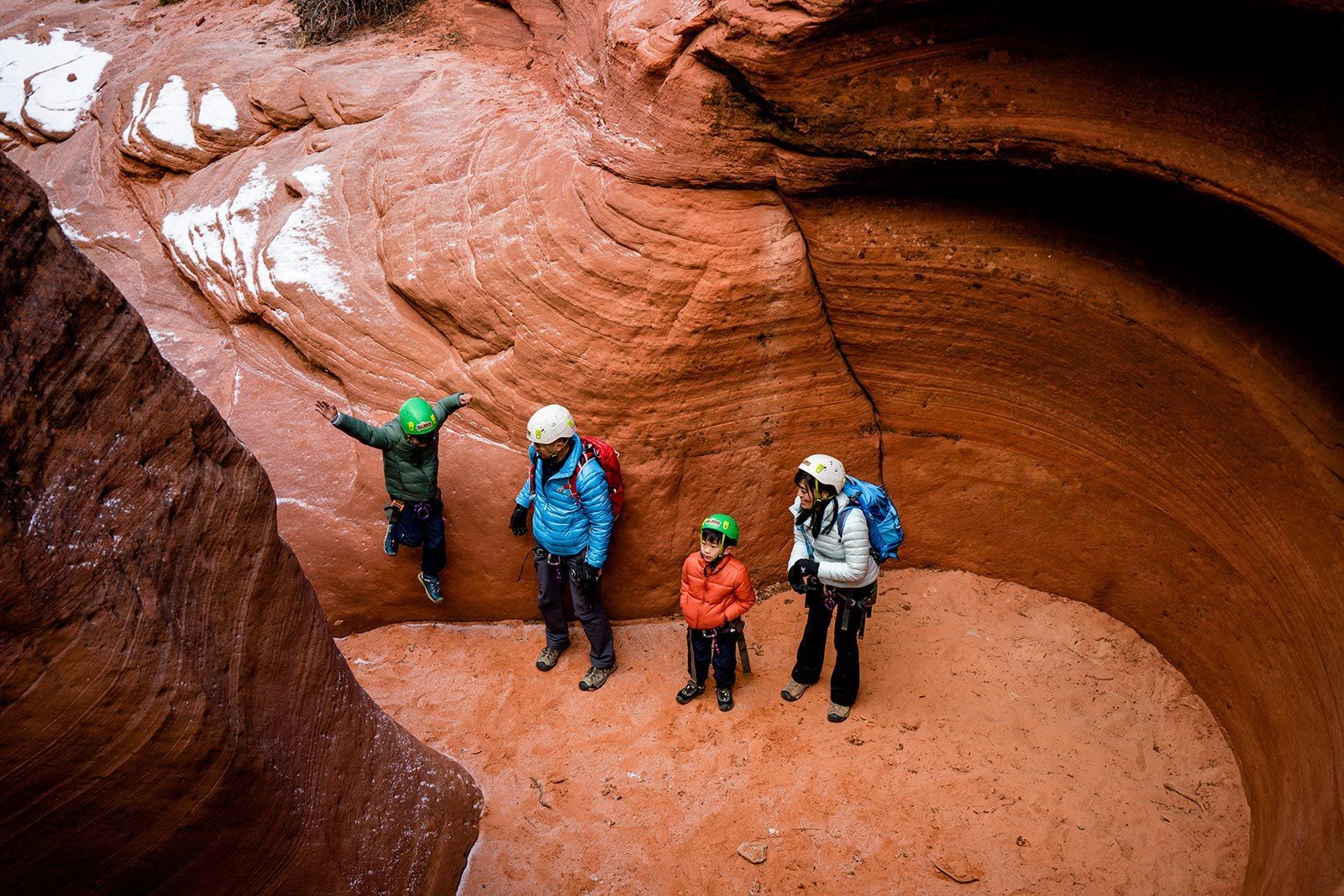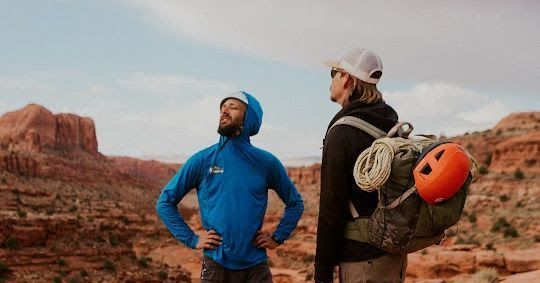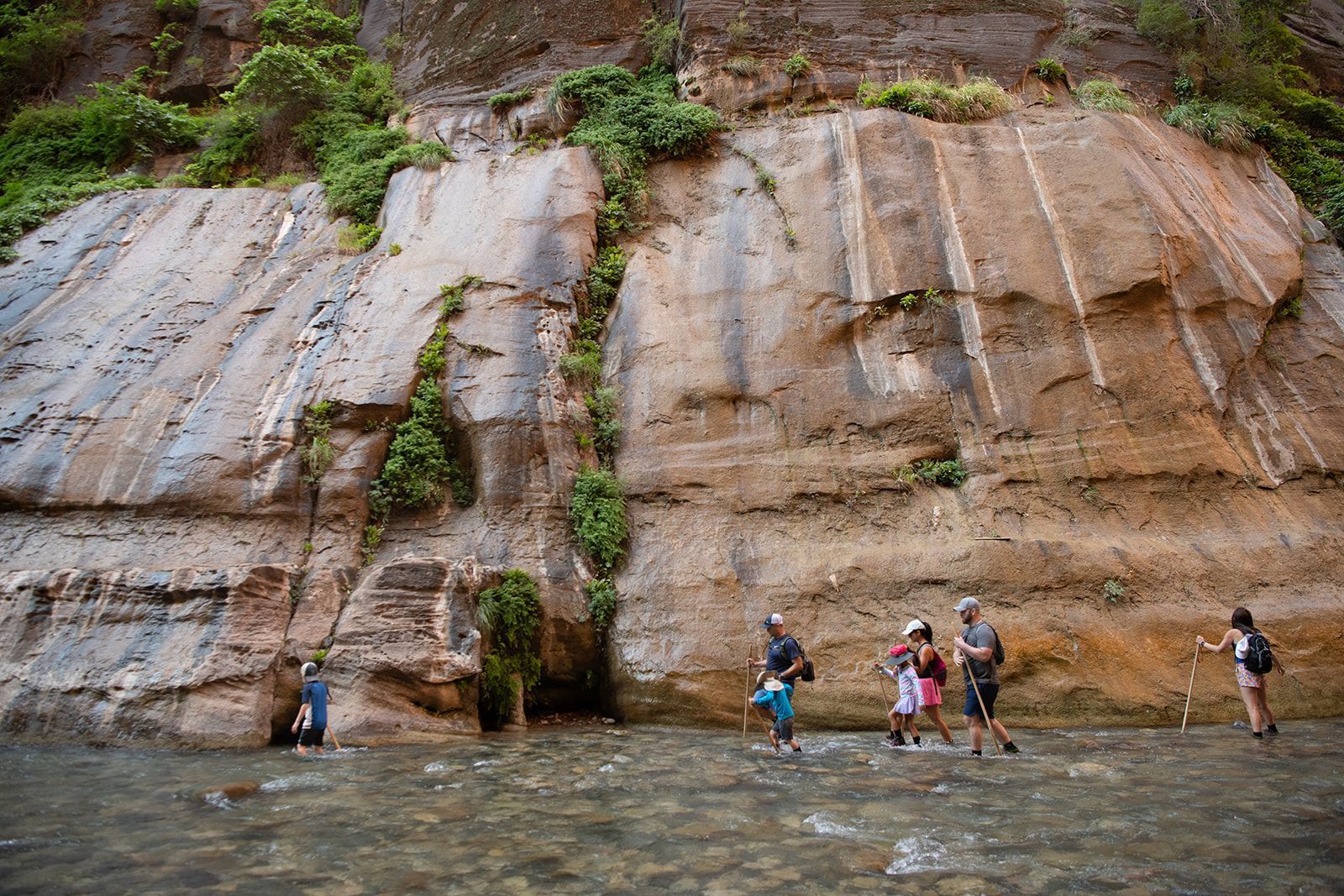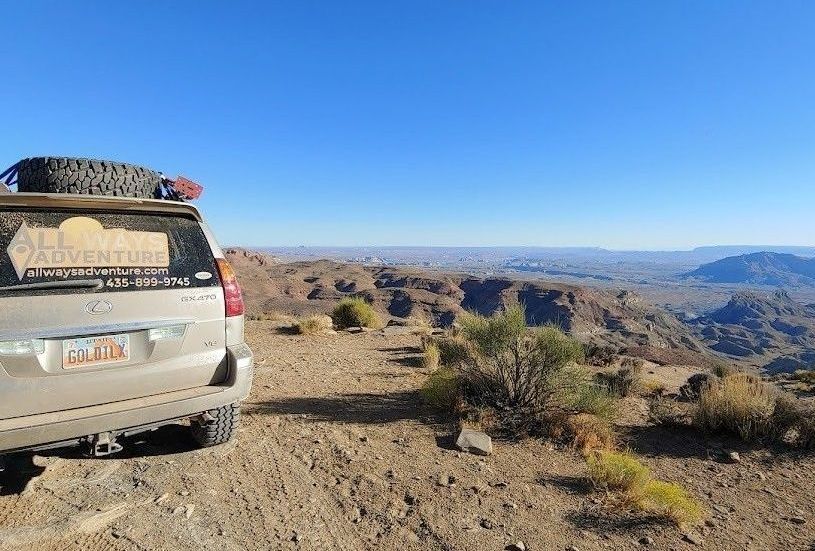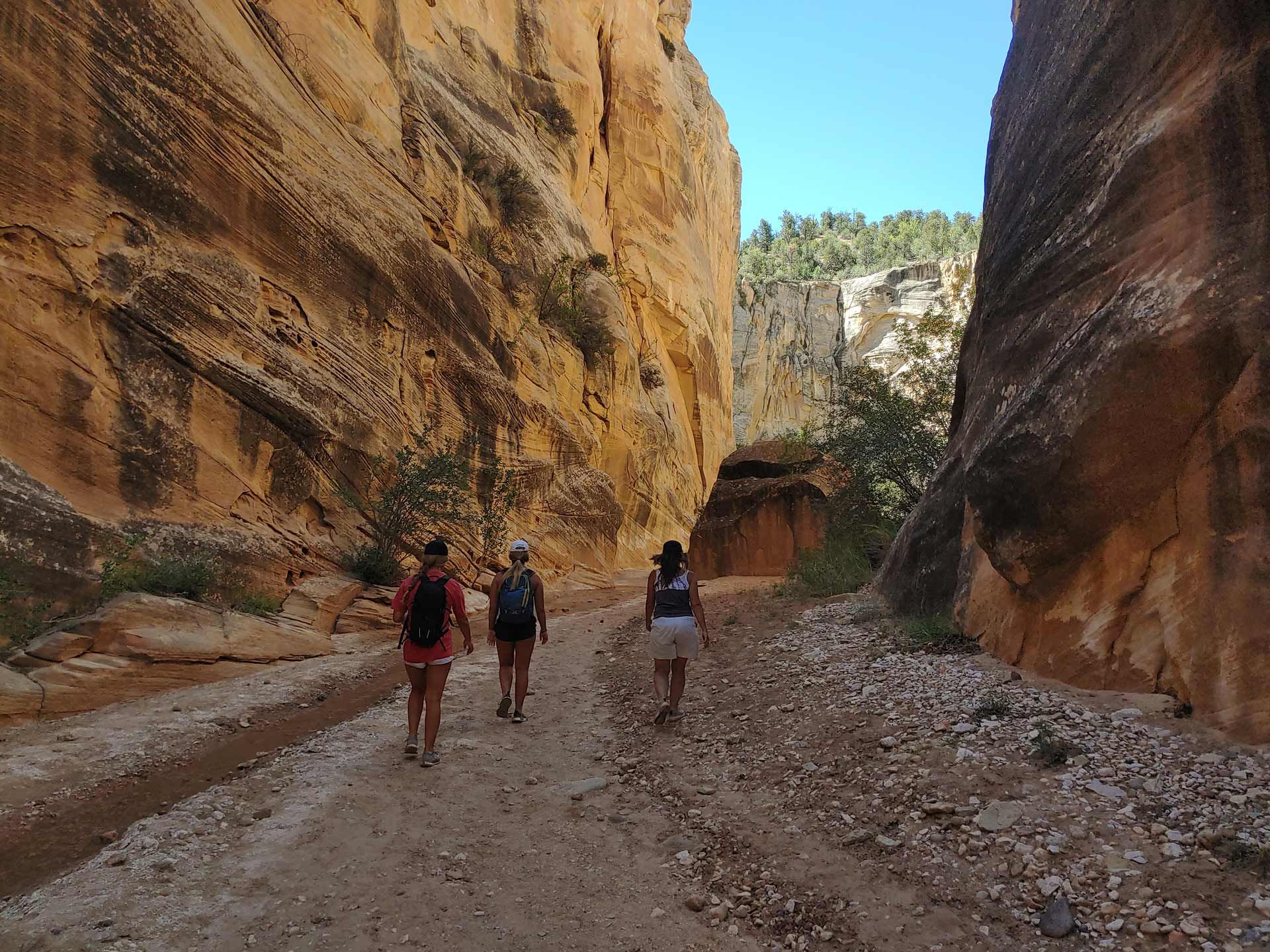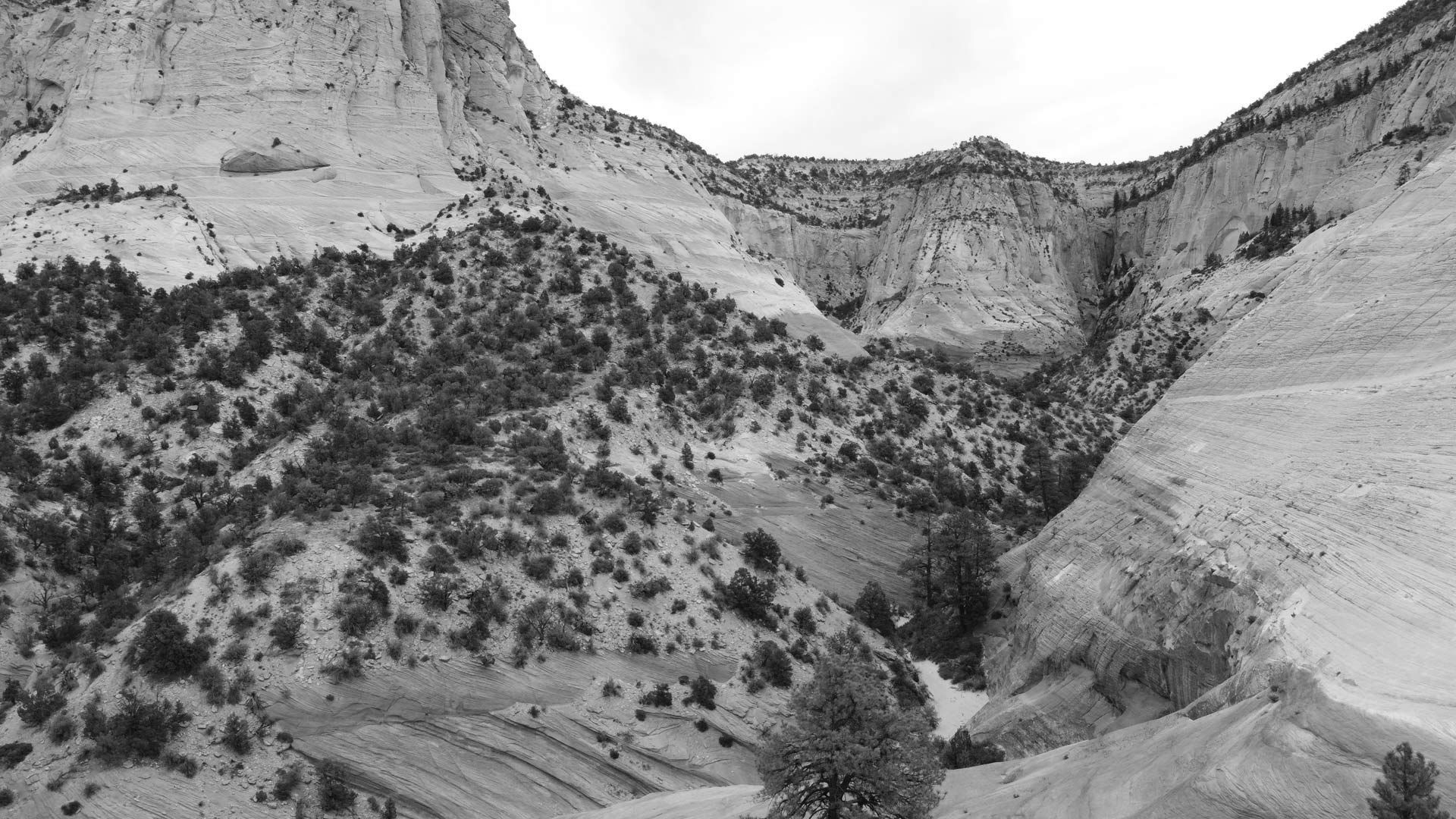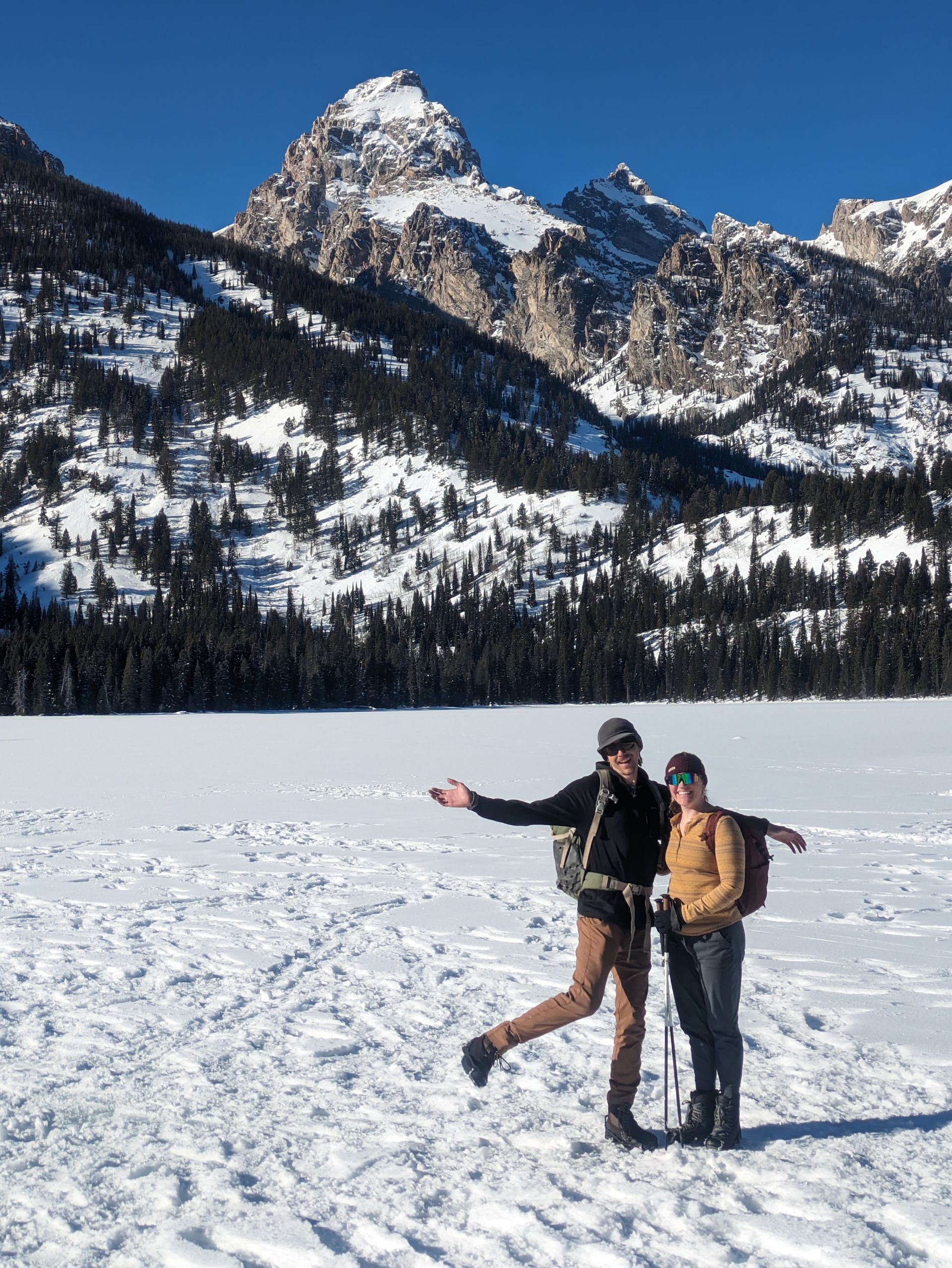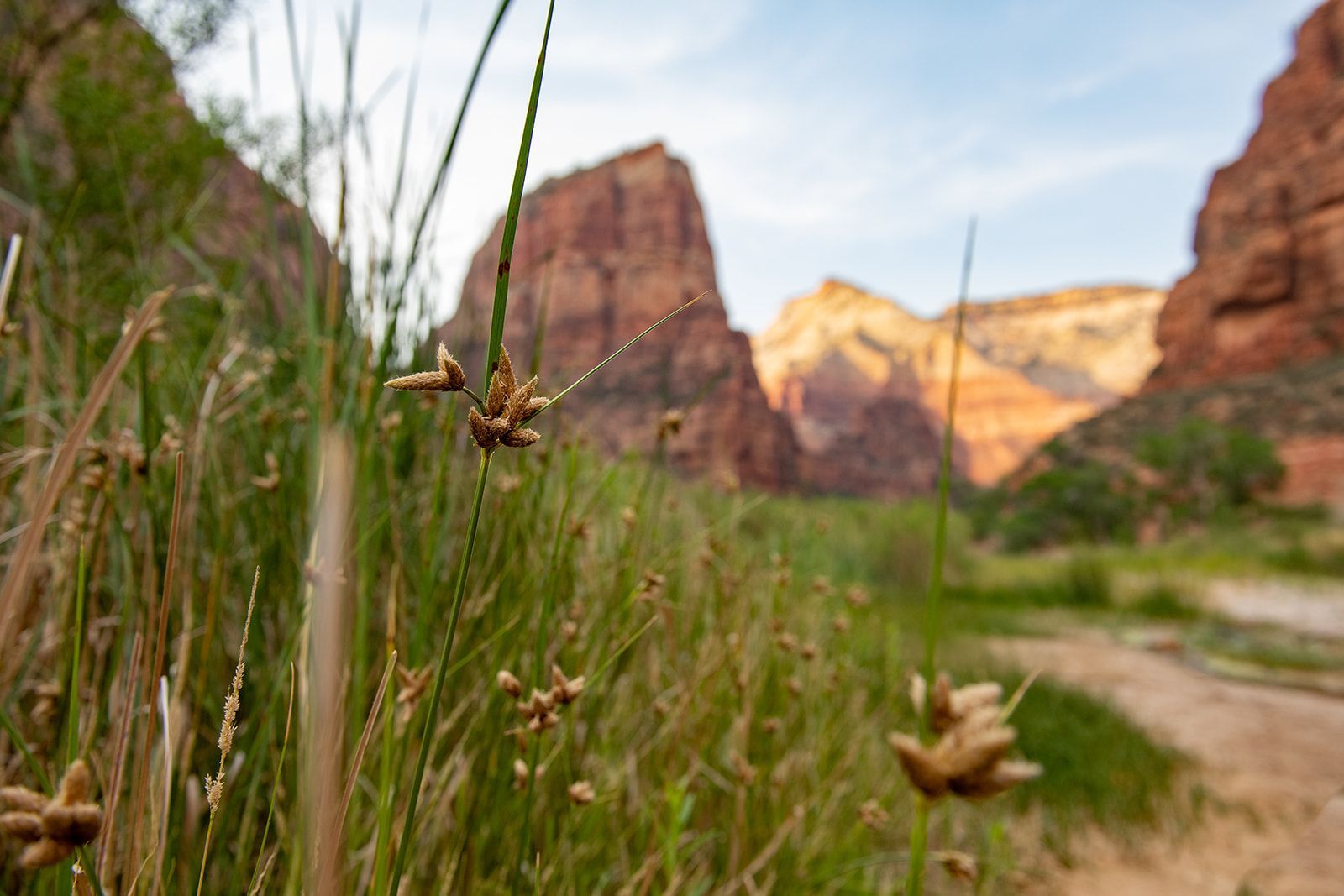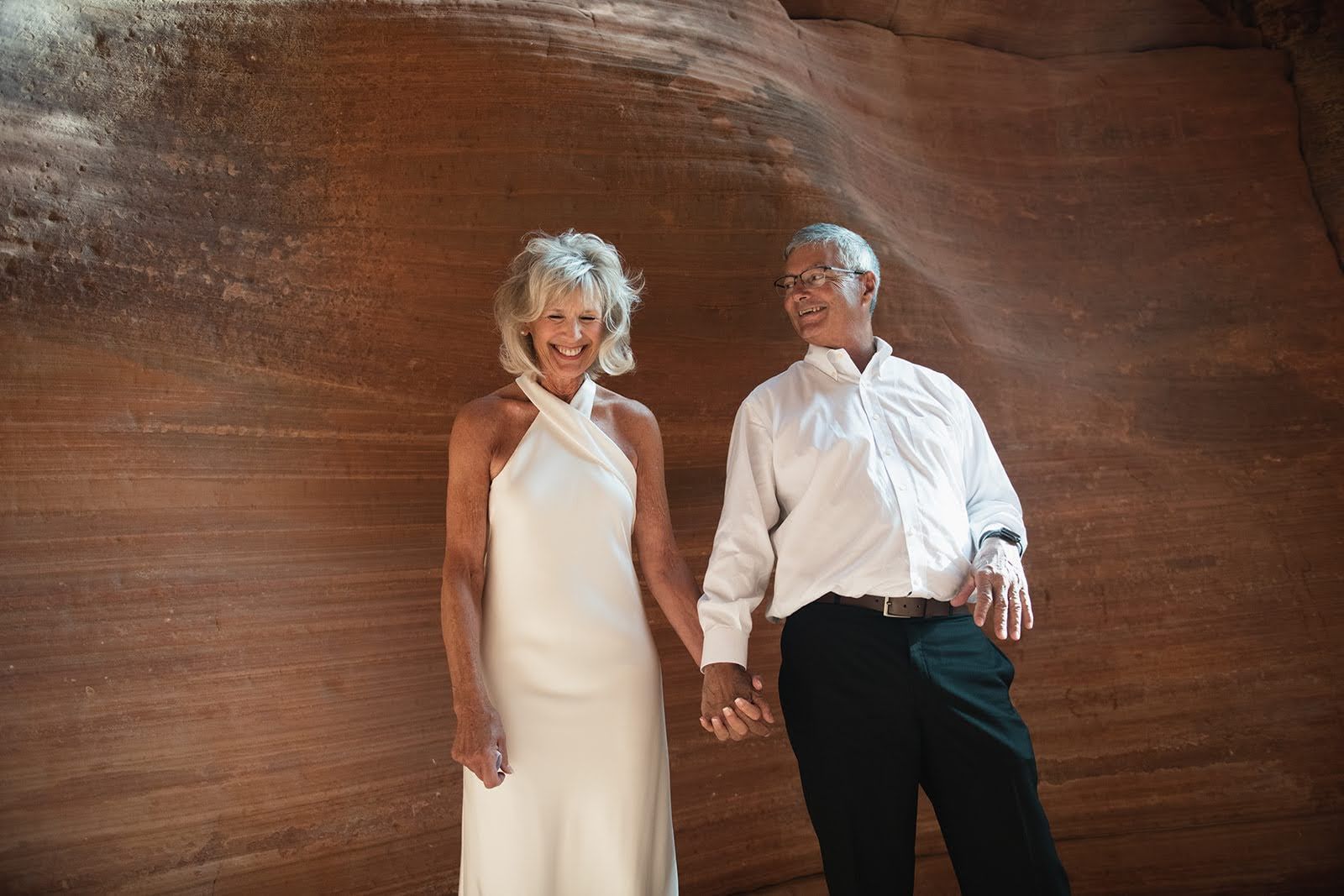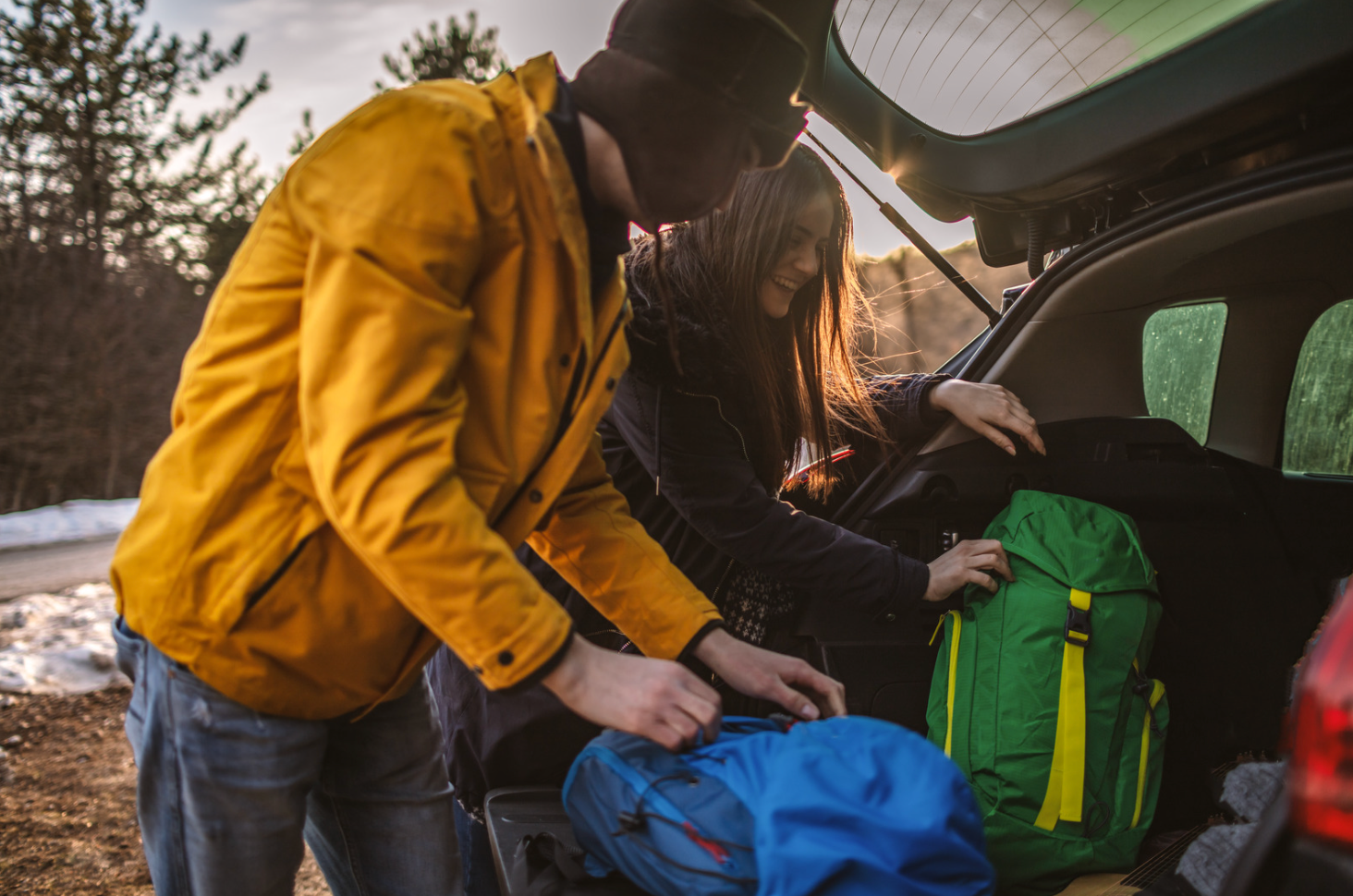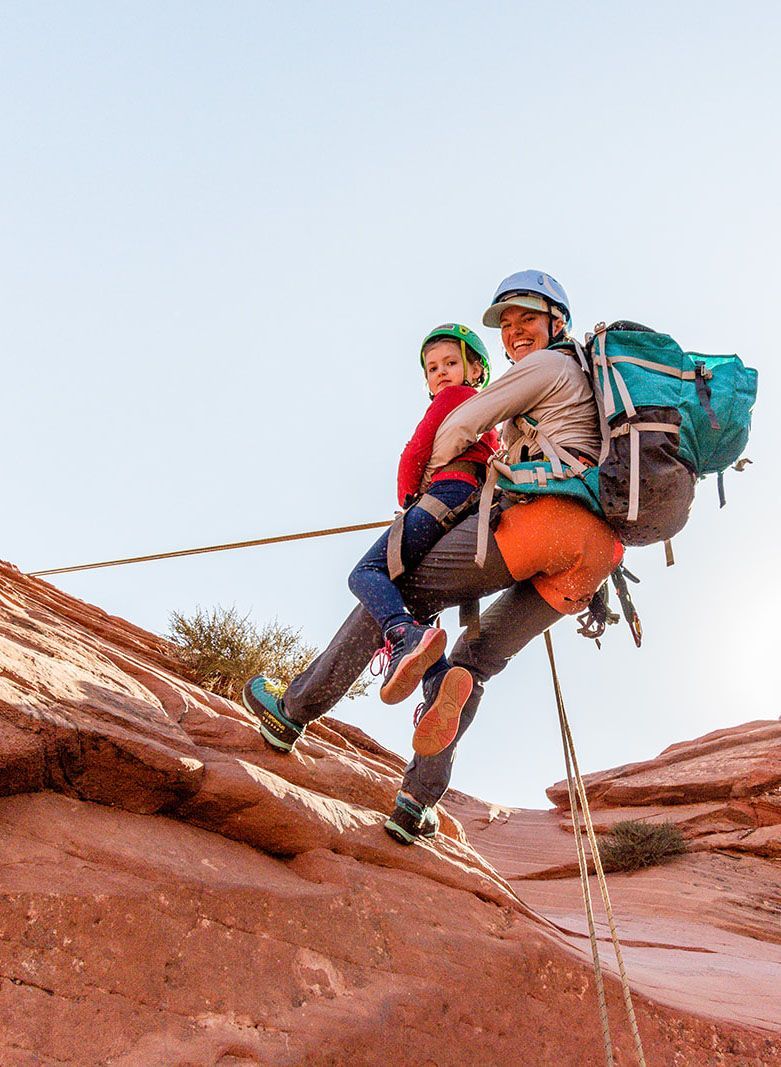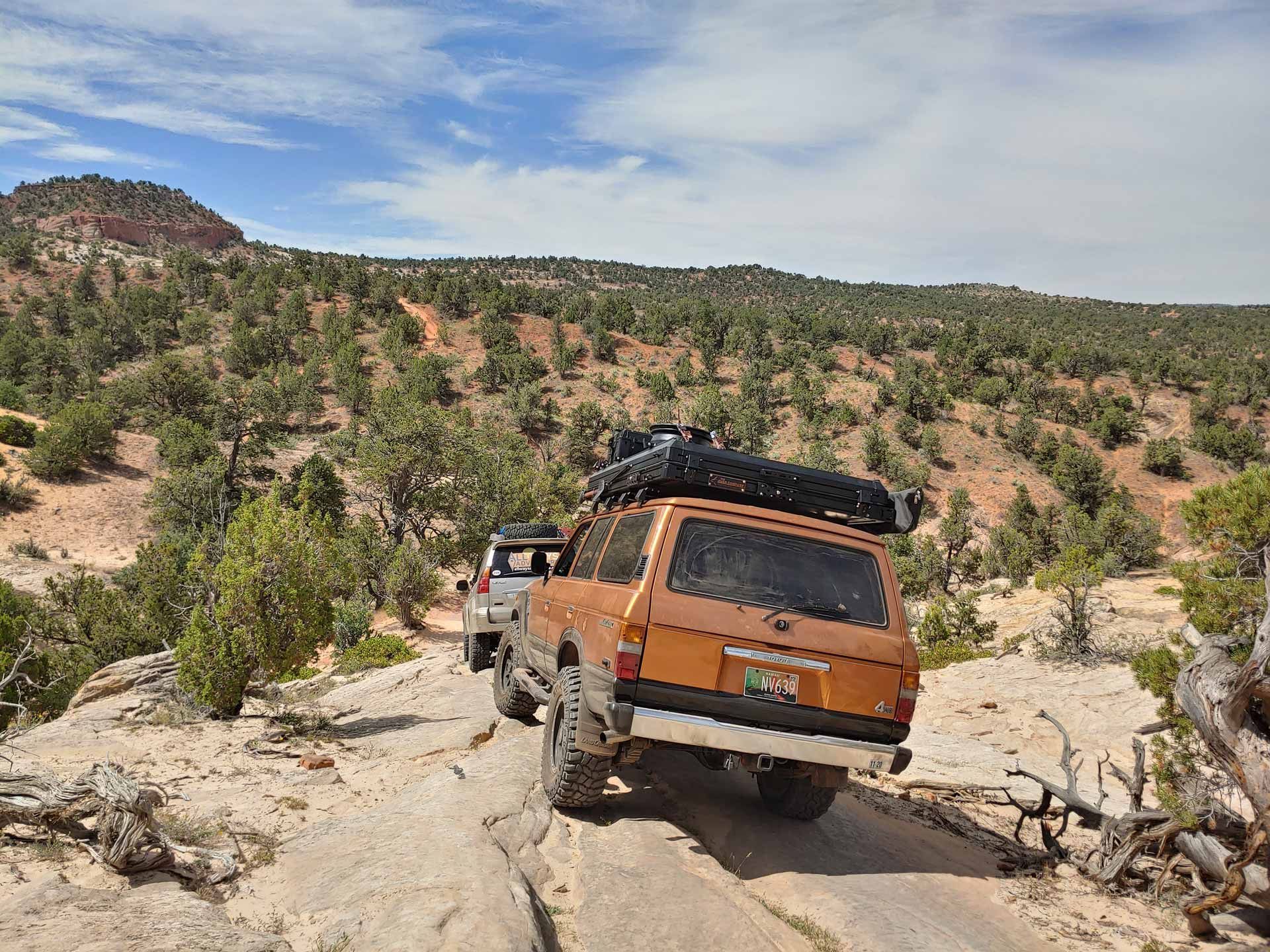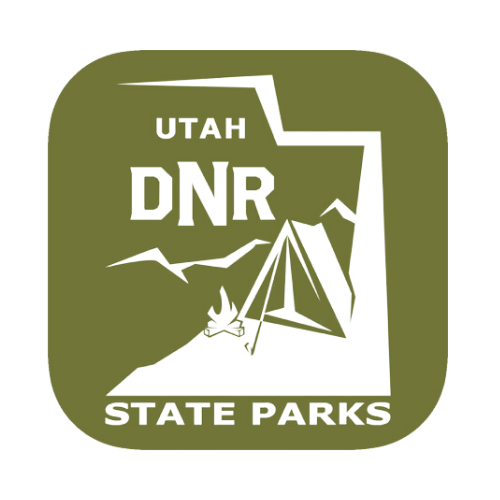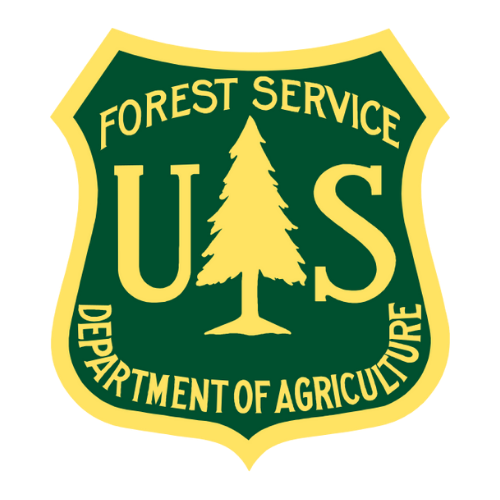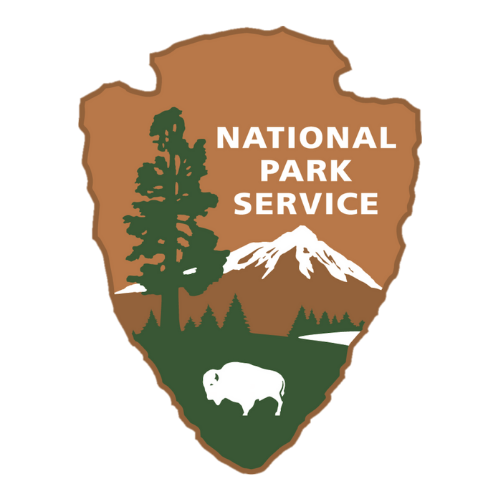Imagine stepping into a place where towering sandstone cliffs frame emerald valleys while the Virgin River carves its way through the landscape. That’s Zion National Park—a land so beautiful, it feels like you’ve stepped into a postcard. But here’s the catch: the weather can make or break your experience. From springtime wildflowers to summer thunderstorms, Zion’s weather adds an extra thrill (or challenge!) to every step of your journey. This guide will help you sync up with Zion’s seasonal rhythms so you can make the most of your time in this red-rock wonderland.
Zion Through the Seasons: What to Expect Year-Round
Zion offers something for every kind of adventurer, whether you’re chasing sunshine or seeking quiet winter solitude. Here’s what each season brings to the table:
Spring Weather (March - April - May)
Spring is a season of renewal, where every corner of Zion seems to come alive. As wildflowers bloom, vibrant colors sweep across the famed sandstone landscape, bringing purples, yellows, and reds that stand in sharp contrast to Zion Canyon’s rust-colored cliffs. Temperatures usually sit between 50°F and 80°F, ideal for full-day hikes. Spring rain is common, so it’s wise to check the weather forecast and pack a rain jacket. When the snow melts, the Virgin River may swell, making waterfalls and streams come alive in a burst of glory—but this also means occasional closures of the Narrows. To find out what trails are open and closed, head to
Zion’s website for the most up-to-date information.
Summer Weather (June - July - August)
If you’re here for the sun, summer delivers in spades. With temperatures often exceeding 100°F, Zion in the summer feels like stepping into a red-rock furnace. Mornings and evenings are best for hiking to avoid the sweltering midday heat. Afternoon monsoons are common across the desert Southwest, especially after July 4th. While these quick-moving storms provide a brief respite, they also bring the risk of flash floods in many of Zion’s narrow canyons. And canyons aren’t the only risky place to be during monsoon season. As exhilarating as it feels to stand on a lookout as a thunderstorm rolls in, it can be dangerous, too. Be sure to check the
regional flash flood weather alerts and pack plenty of water and snacks, especially salty ones. Hydration, fuel, and electrolytes aren’t just a suggestion in Zion’s summer; they mean survival.
Fall Weather (September - October - November)
Fall is Zion’s sweet spot, with milder temperatures and fewer crowds, so we might even dare say that it is our
favorite season! Days range from 60°F to 90°F, and the summer heat gives way to cooler evenings. This season is a visual feast as autumn colors spread across the valley, turning trees into bursts of gold and orange against the red cliffs. It’s a photographer’s dream, especially around sunrise or sunset when the park glows with warm, golden light. If you want to learn more about when and where to see the best fall colors in Zion, check out our
Leaf Peep Guide. Just like spring and summer, fall weather in Zion can be unpredictable. One day might feel like summer, and the next could bring a chill or an unexpected storm. So don’t forget to check the park’s website and the local weather before you head out.
Winter Weather (December - January - February)
Winter in Zion is synonymous with peace and tranquility. The crowds thin out, leaving you with a feeling that you have the park to yourself. Days are cool, with temperatures between 30°F and 50°F. At higher elevations on the East Side of the park, a (sometimes deep) blanket of snow is to be expected, creating a magical winter scene. Winter also has its challenges: chilly mornings and nights mean layered clothing is essential. Some trails might be icy, so be prepared for a slower, quieter exploration. Don’t forget to pack a pair of
microspikes to help manage any slippery conditions. One of our favorite reasons to visit in the winter is the opening of Zion Canyon to passenger vehicles, which means you can drive directly to the trailhead of your choice. But be sure to check the
Zion Canyon shuttle schedule, as it runs around the holidays each year.
Elevation & Microclimates: Zion’s Diverse Weather Zones
Zion’s varied elevation and terrain create unique microclimates that make exploring the park an ever-changing adventure. Elevations can range from about 9,000 feet to about 3,500 feet, so a fall day at one elevation will feel quite different than a fall day at a different elevation. Because of these differences in elevation and a vast array of narrow canyons and washes, there are a number of microclimates within Zion. Here’s how elevation and topography impact the weather:
- Low vs. High Elevations: In the lower valleys along the Virgin River, temperatures are warmer, especially in the summer. But as you climb higher, the temperatures drop, often by about 5°F for every 1,000 feet. Trails like Angels Landing and Observation Point will feel cooler, offering some relief from the heat down below. For winter hikes, these elevations will generally be icy or snow-covered, adding a wintery twist to the adventure. For those coming in from Kanab, Utah, through Zion’s East Entrance at 5,700 feet, you will notice cooler temperatures and, in the winter, a whole lot more snow. If you’re coming from Springdale, Utah, through Zion’s South Entrance at 3,900 feet, it will usually feel significantly warmer than the park’s East Side, which means in the winter, there is usually only ever a dusting of snow. Because of the dramatic shifts in elevation, you can adjust your daily adventures to work with the weather and temperatures at various elevations.
- Microclimates: Zion’s landscape creates pockets of unique weather patterns. One moment, you’re under a blue sky at the Zion Canyon Overlook, and the next, gusty winds hit you on the West Rim. The steep cliffs and deep gorges also influence rainfall patterns. For example, rain might soak one area while leaving a nearby trail dry. The Narrows, snugged between towering walls, tend to be cooler and more humid—perfect for hot summer days, though flash floods are a concern here during storm season. Keep Zion’s microclimates in mind when planning each part of your journey.
Adventure Essentials for Every Season
Having the right gear for Zion means considering both the season and the park’s ever-changing weather. Here’s a quick overview for each season.
- Spring & Fall: Light layers, a waterproof jacket, and trail shoes are key.
- Summer: Hat, sunscreen, hydration pack, and lightweight clothing to stay safe.
- Winter: Warm layers, gloves, a beanie, and insulated boots are a must.
Best Activities by Season
Different activities shine depending on the season, so plan your adventures to match the anticipated weather. As always, don’t rely on weather trends to plan your day-to-day activities. Be sure to check the local weather forecast as your trip approaches.
- Spring & Fall: Perfect for long hikes and photographing the changing seasons. Plan extra time to celebrate the spring blooms and soak up the warm glow of fall.
- Summer: Stargazing is ideal on clear nights, thanks to southern Utah’s incredible dark skies. Hiking is best in the cooler early morning and late evening hours.
- Winter: Enjoy solitude, introspection, and the quiet beauty of a nearly empty park. Expect to find snow and ice as you move up in elevation.
Staying Updated on Weather Changes
The weather in Zion can shift quickly, so staying informed is a must. The Zion National Park website, local radio, and weather apps can keep you updated on changes or warnings. This awareness helps you avoid surprises, especially with flash floods in narrow canyons or sudden temperature drops in winter.
Why Go Guided with All Ways Adventure?
Ready to experience Zion with zero weather worries? Let our expert guides at All Ways Adventures take the reins on researching and understanding the weather forecast, and all you have to do is bring the right clothing layers! Our custom, private trips mean you’ll get a plan tailored to your pace, skill level, preferences, and, of course, the weather. Our local guides know the park’s unique weather and microclimates. We can adjust plans on the fly to dodge storms, catch the best light for photos, or find those perfect scenic overlooks. Instead of stressing over unexpected weather, you’ll have a trusted guide ready to make every moment count. From spontaneous route changes to cozy setups for cooler days, we’ve got the details covered—leaving you to soak up the magic of Zion, rain or shine.
Get ready for a Zion adventure that’s as flexible as the weather itself with All Ways Adventure!
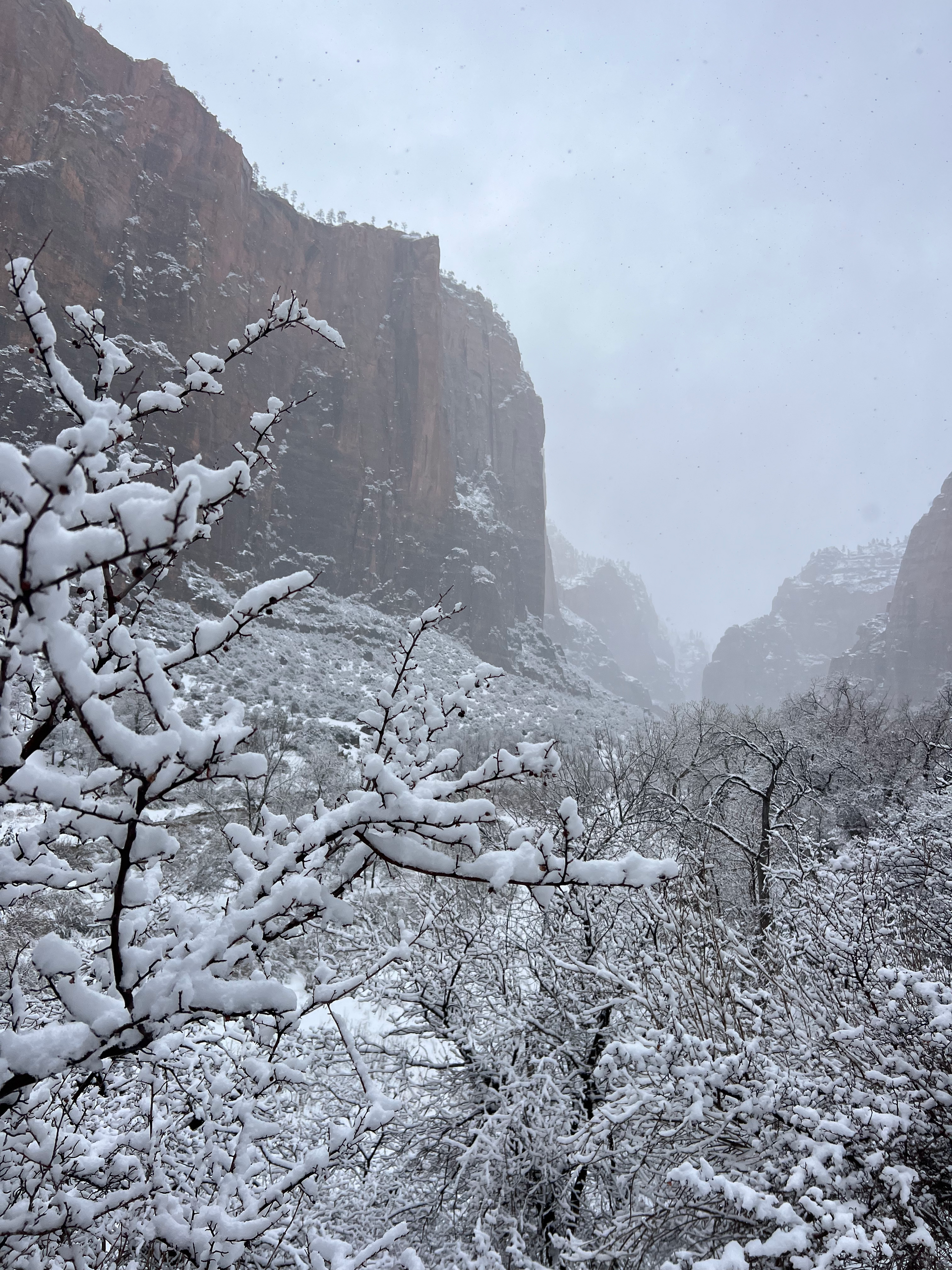
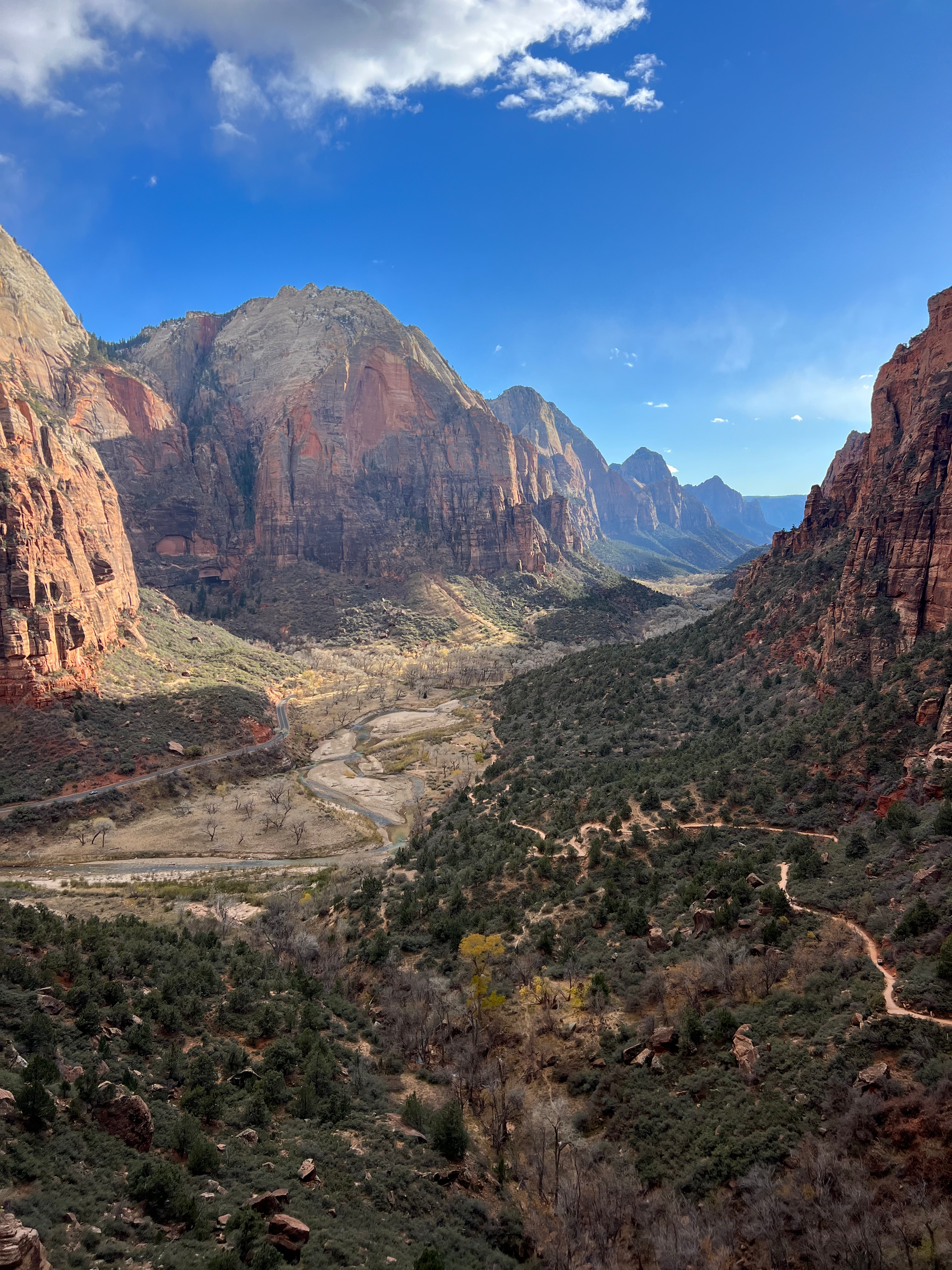
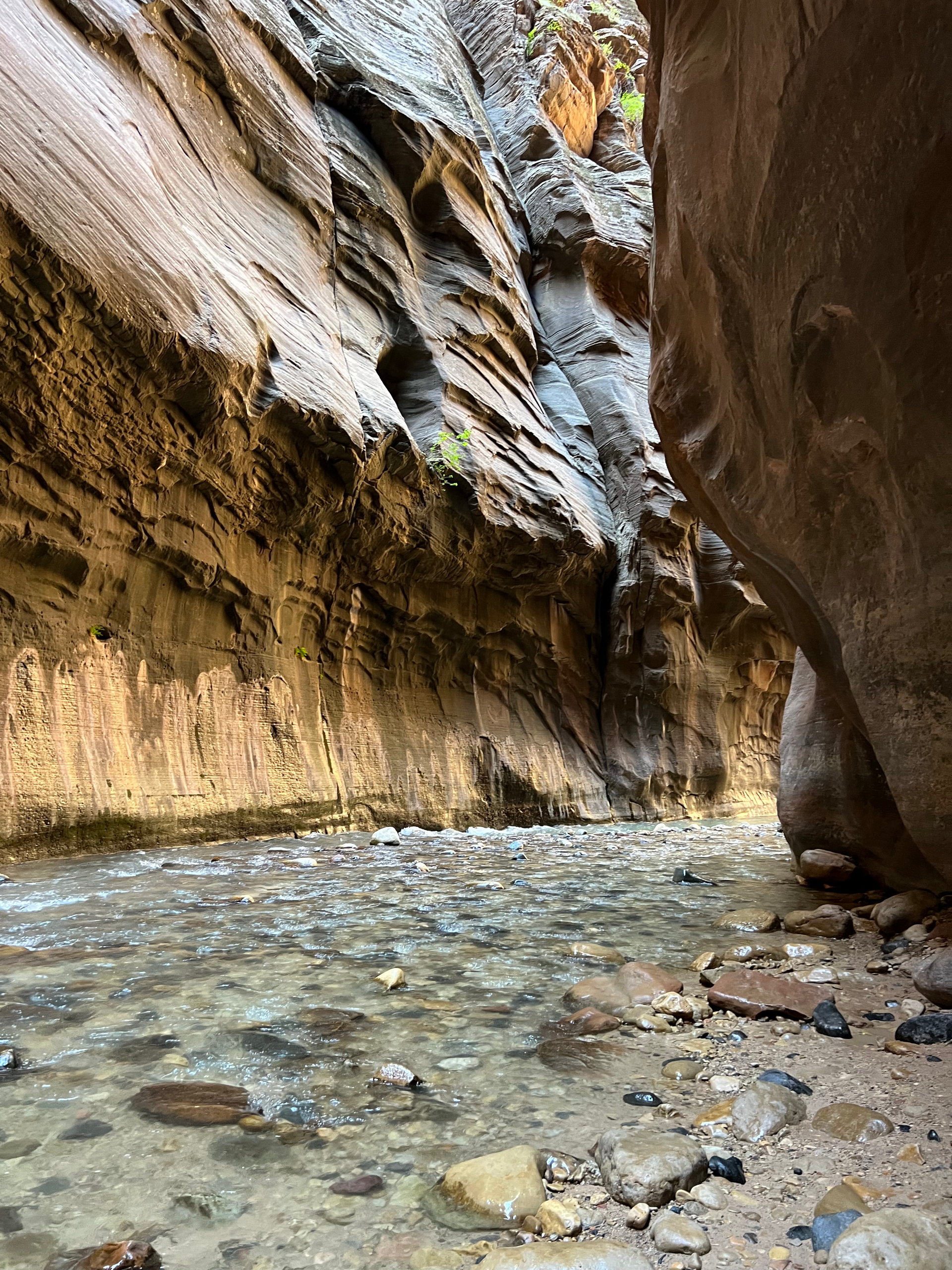
Ready to Book Your Adventure?
All Ways Adventure
4955 Boulder Bluff Blvd, Kanab, UT 84741, United States
+14358999745
